Week 49: Monday, September 16th-Sunday, September 22nd
Week 50: Monday, September 23rd- Sunday, September 30th
Days of RTW ’24 completed: 168
Total Days of RTW ’23-’24 completed: 367
Starting location: La Paz, Bolivia
Ending location: Salta, Argentina
Foot Miles completed this week: 42.9
Nautical Miles completed this week: 0
Bicycle Miles completed this week: 32.9
Bus Miles completed this week: 653.7
Train Miles completed this week: 0
Car Miles completed this week: 333
Tram Miles completed this week: 0
Tuk-tuk Miles completed this week: 0
Air Miles completed this week: 0
Scooter Miles completed this week: 0
Total Foot Miles on RTW ’24: 711.13
Total Nautical Miles on RTW ’24: 1,345.52
Total Bicycle Miles on RTW ’24: 159.7
Total Bus Miles on RTW ’24: 2,605.45
Total Train Miles on RTW ’24: 153.8
Total Car Miles on RTW ’24: 3,457.8
Total Tram Miles on RTW ’24: 0
Total Tuk-tuk Miles on RTW ’24: 195.56
Total Air Miles on RTW ’24: 29,581.37
Total Scooter Miles on RTW ’24: 272.5
Total Miles via all transportation modes on RTW ’24: 39,041.68
Total Miles via all transportation modes on RTW ’23-’24: 55,954.04
The start of a new week meant the start of a new adventure! I gathered all of my belongings, packed up, and went to the front desk to check out of my hostel. Marie, the receptionist, recommended that I double check my overnight bus schedule to ensure my bus was leaving on time due to road blockages from protestors. I called Bolivia Hop, and sure enough, it was leaving earlier, so I adjusted my schedule accordingly. After leaving the hotel, I went to the Coca Museum to kill some time. It was interesting, but no photos were allowed. They did, however, provide an English translation booklet so that was helpful! What made the museum interesting was the connection between the indigenous peoples use of coca for ceremonies and rituals, as well as it’s use by miners/workers as a stimulant versus the US demand for cocaine coupled with the 1980’s war on drugs. The analogy used was coca leaves are to grapes as cocaine is to wine. Coca leaves alone are not a lethal drug until it is processed with chemicals. As part of the US war on drugs, deals were made between US and Bolivian officials to make cocaine illegal, burn down coca farms, and offer the locals an alternative farm crop. Two key takeaways: coca by itself is not the drug, so it’s like making grapes illegal and coca is part of the native culture, so it would go underground as to not disappear. The museum definitely had a grudge against the US! it gave me a new perspective and understanding considering the history. After learning just about everything I could in the museum, I made my way back to the hostel to eat some lunch and then went to the bus stop. While waiting at the station for the bus, I started looking up how common road blockages were between La Paz and Uyuni. There were several blog posts and travel articles about it! Rural poverty appears to be the cause, as tourism money rolled into that part of the country, although little or no money filtered down to local rural residents. Hence, they protest by putting cars, rocks and tree trunks in the road. Taking a place doesn’t necessarily solve the problem, as road blocks appear on the road from the airport to the town. In those rural areas, there’s only one road to get from town to town. It appeared that violence rarely broke out unless someone tried to cross the protest line on foot. Then, rocks and heavy objects could be thrown at the offending party. Definitely better than bullets, but not at all a risk I’d be willing to take if the occasion arose. Bolivia was proving to be quite the challenge! I watched the clock, waiting for my bus to announce its departure. 6:00 passed. 7:00 passed. 8:00 passed. 8:30 passed. I occupied my time with people watching, checking out different styles of backpacks and luggage, and commiserating with people who hurriedly arrived at the depot thinking they were late, only to find out they were delayed. As time passed, I wasn’t at all hopeful that my bus would ever leave! Finally, at 9:00, my bus was ready to depart… at its original scheduled time.
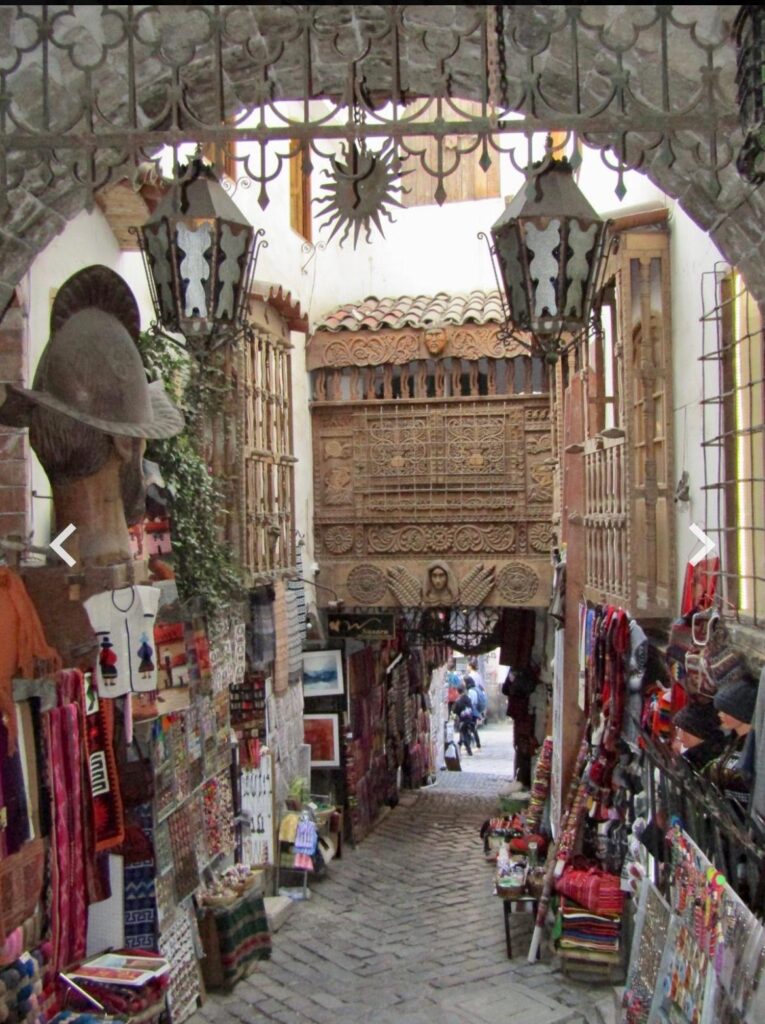
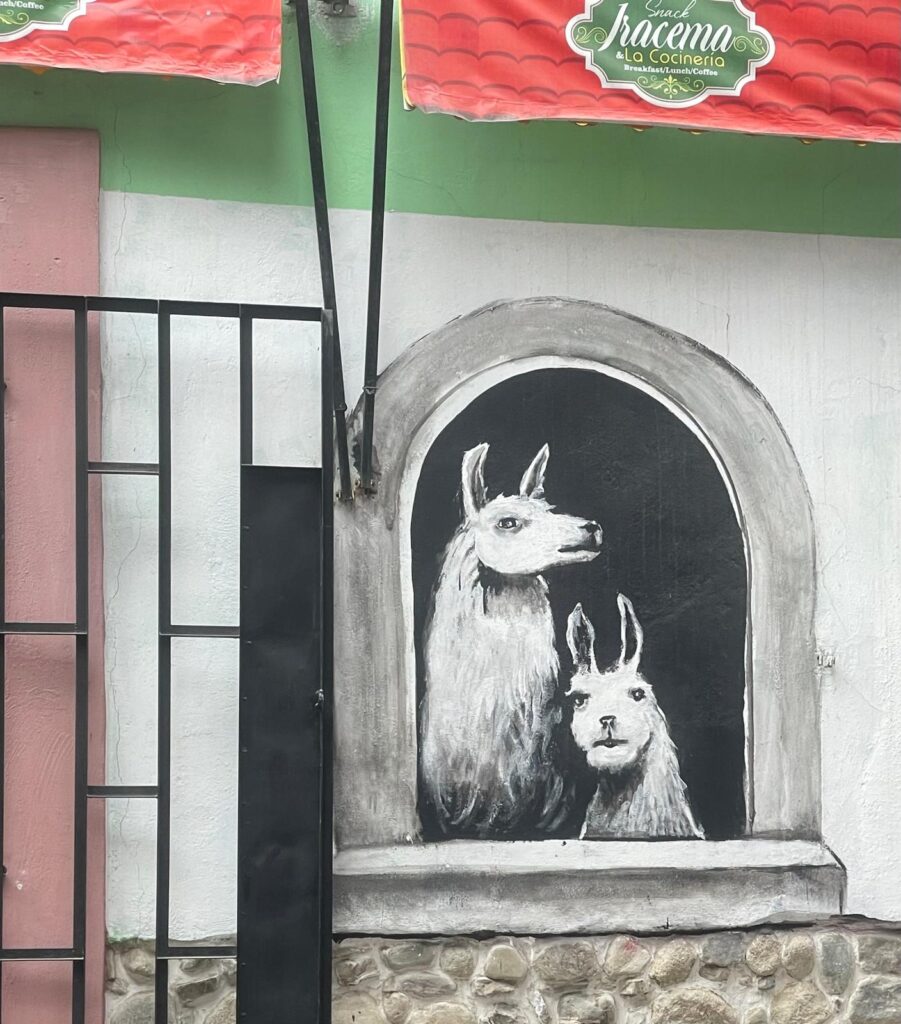
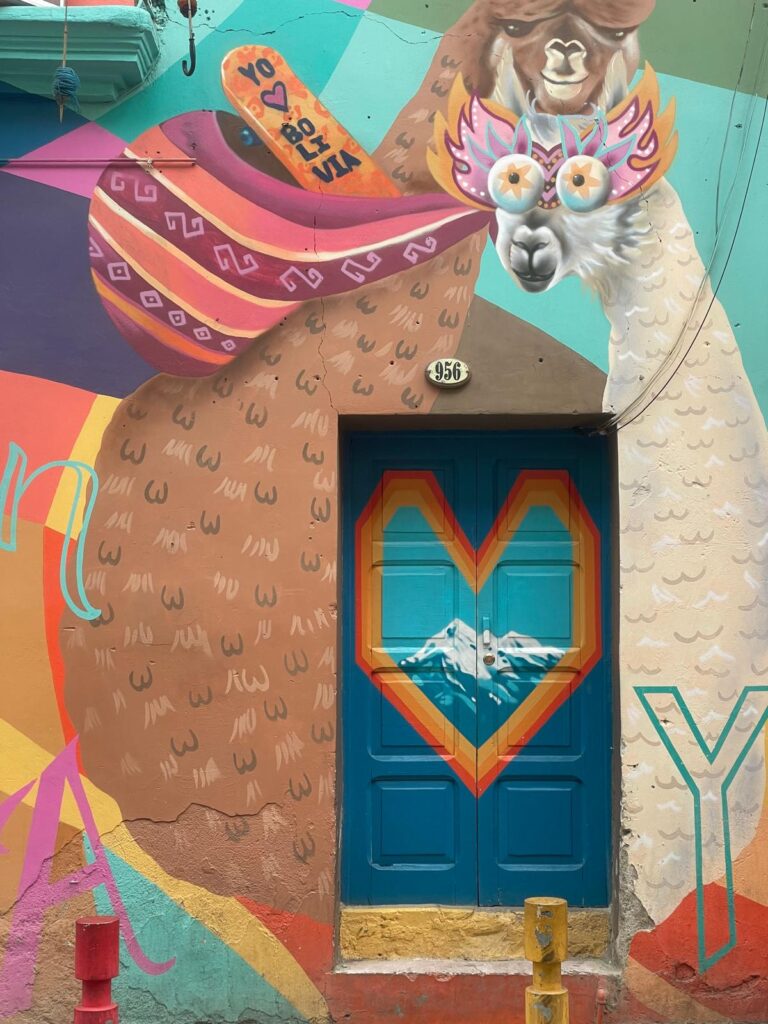
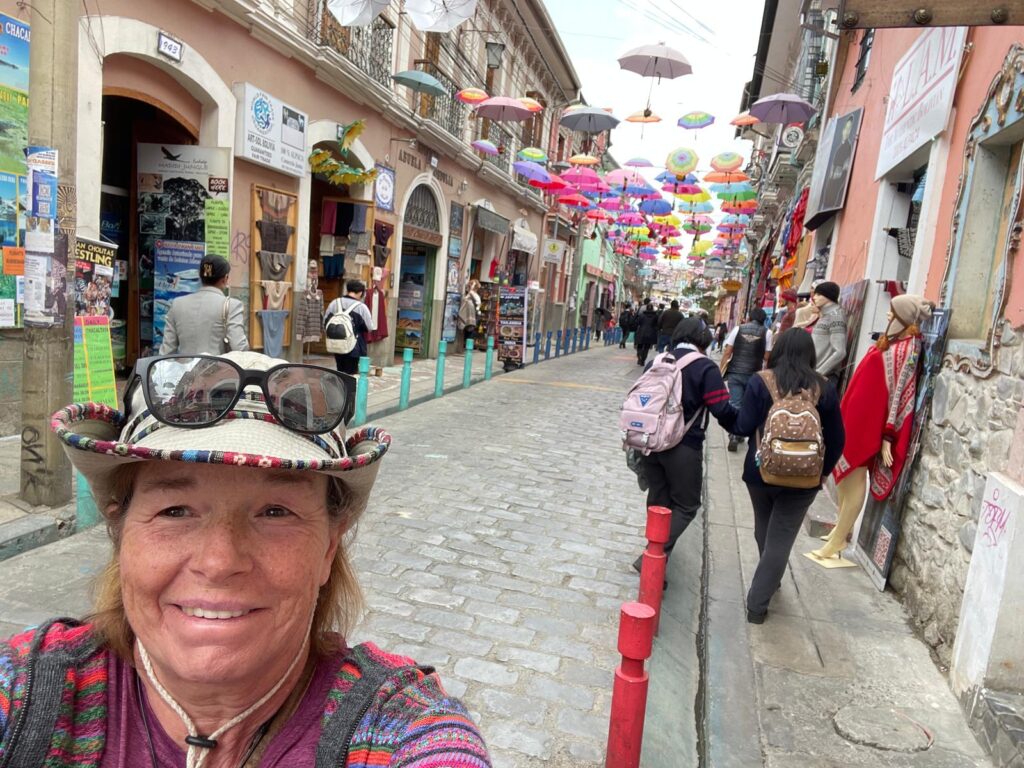
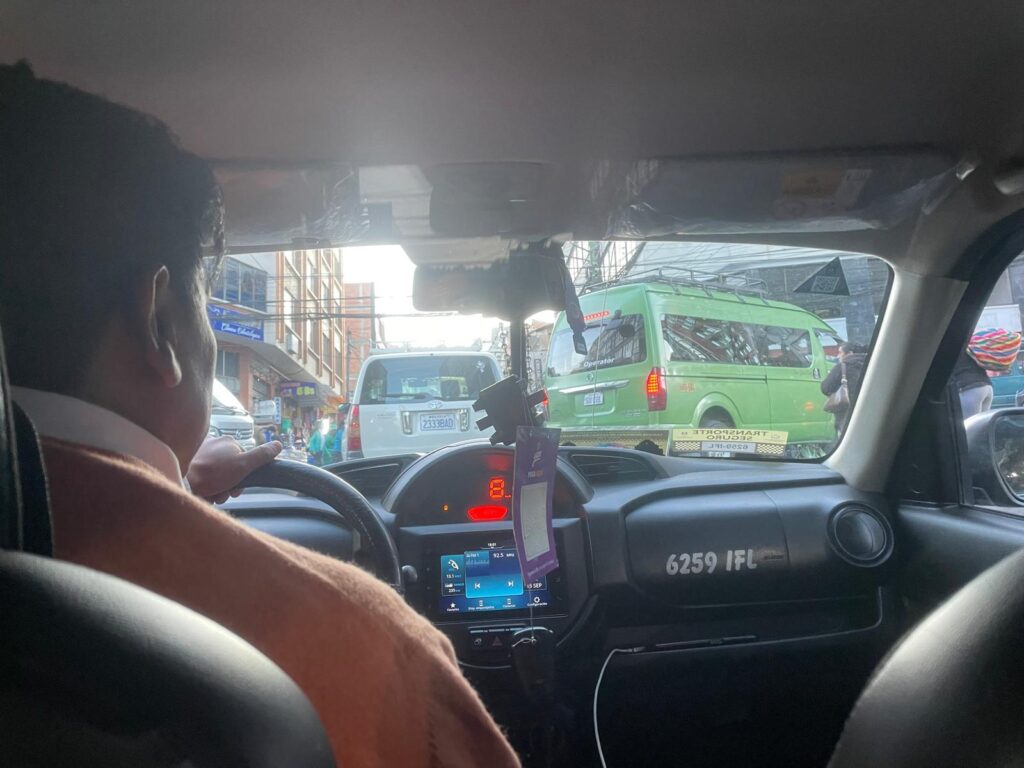
After a long overnight bus ride, I arrived in Uyuni bright and early. I checked into my hotel at 7:00 a.m., grabbed some breakfast, and started my relaxing day in a small town. Uyuni immediately felt like a different side of Bolivia. In a way, it felt like a sleepy ghost town in the US west– in the early morning, all of the shops and establishments were closed with no cars on the road, only a few lone motorcycles. It felt very refreshing! I was able to make some phone calls to address my Medicare premiums and find out more information. Dealing with Medicare has been such a lengthy process, especially trying to do it while outside of the US. I’m making it work with extra effort and timing, but it is definitely challenging! In the evening, I got caught up on US news via CNN, then retired early for a good night’s sleep.
As per my usual new-town routine, I took part in a tour! It was so much fun 4x4ing and meeting a new group of people. In my vehicle, I was accompanied by two couples (young Gloria and Andra from Milan, Italy and Jarek and Beata from Poland, closer to my age), the tour guide, Sandro, and our driver, Paulo. We packed our bags and extra gas on the roof, stored our food in the back of the vehicle, and set out for an adventure in the Bolivian wilderness. To begin, we drove out to an old train cemetery. Most of the trains dated back to the early 20th century and were imported from Britain. Uyuni was originally destined to become a major train destination connecting a variety of cities. Those plans, ultimately, never came to fruition as the mining industry lost momentum and disputes with neighboring countries broke out. Sandro explained that Chile had originally given Bolivia access to the Pacific coast via a train system, but negotiations took a turn for the worse. Conflict erupted and the plans were never fulfilled. Hence, Bolivia remained a landlocked country and the train system fell into disrepair. The trains were exceptionally worn down because of the mixture of salt and strong winds, which gave the massive steel structures their weathered look. It was really fun taking all kinds of pictures! Amongst the many stunning views were salt flats, which were other worldly! The brilliant sun reflected off of the vast white surface. Later in the tour we paid a visit to Fish island. It is the top of the remains of an ancient volcano, which was submerged when the area was part of a giant prehistoric lake roughly 40,000 years ago. The area hosts gigantic cacti and unusual and fragile coral-like structures that often consist of fossils and algae. It was all so breathtaking! Seeing the vast, open spaces and wild llamas feeding in the pastures is the Bolivia I want to remember. Gone are the hectic, frustrating, and ultimately overwhelming days in La Paz. Being in nature fed my soul and was just the medicine I needed!
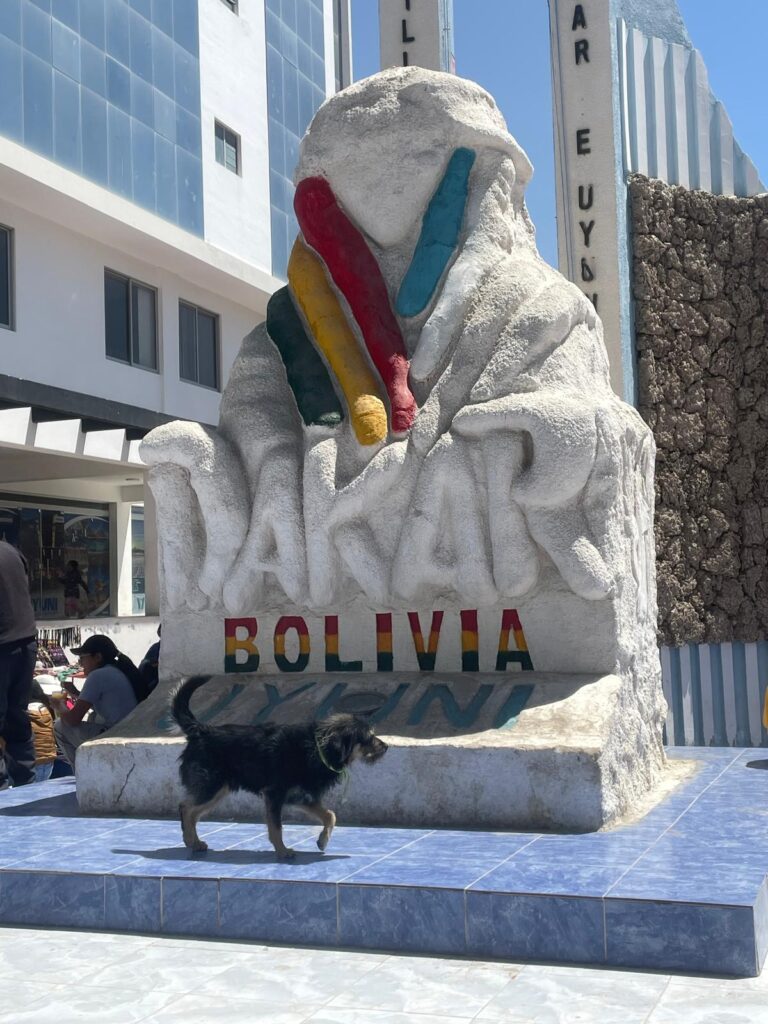
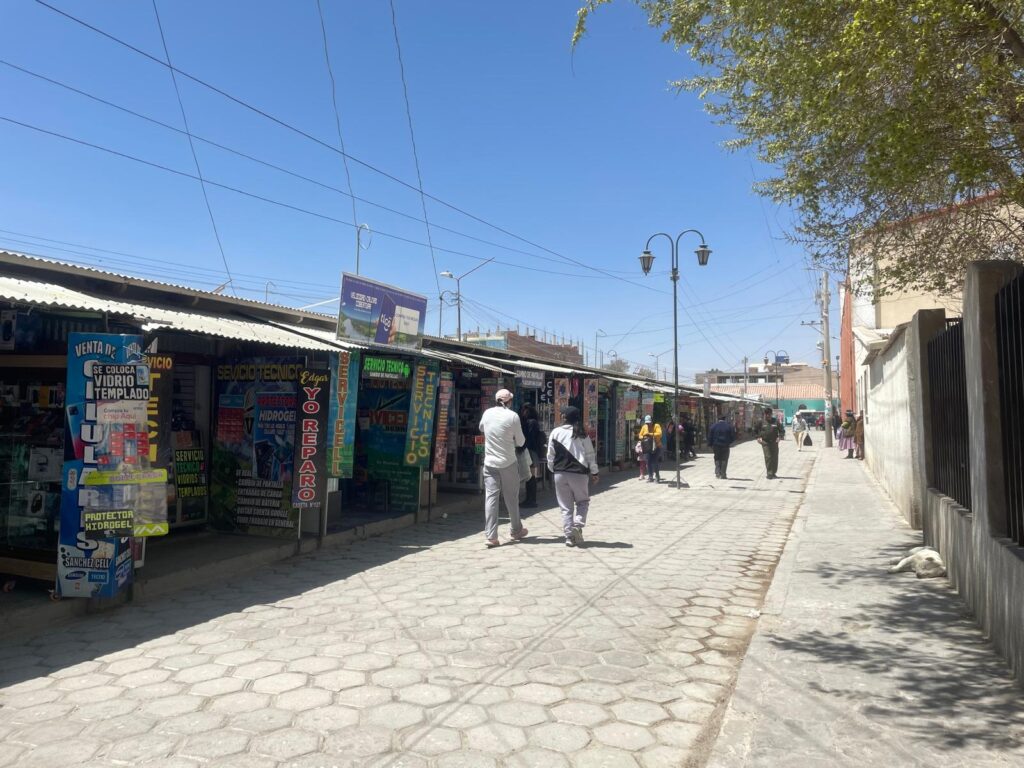

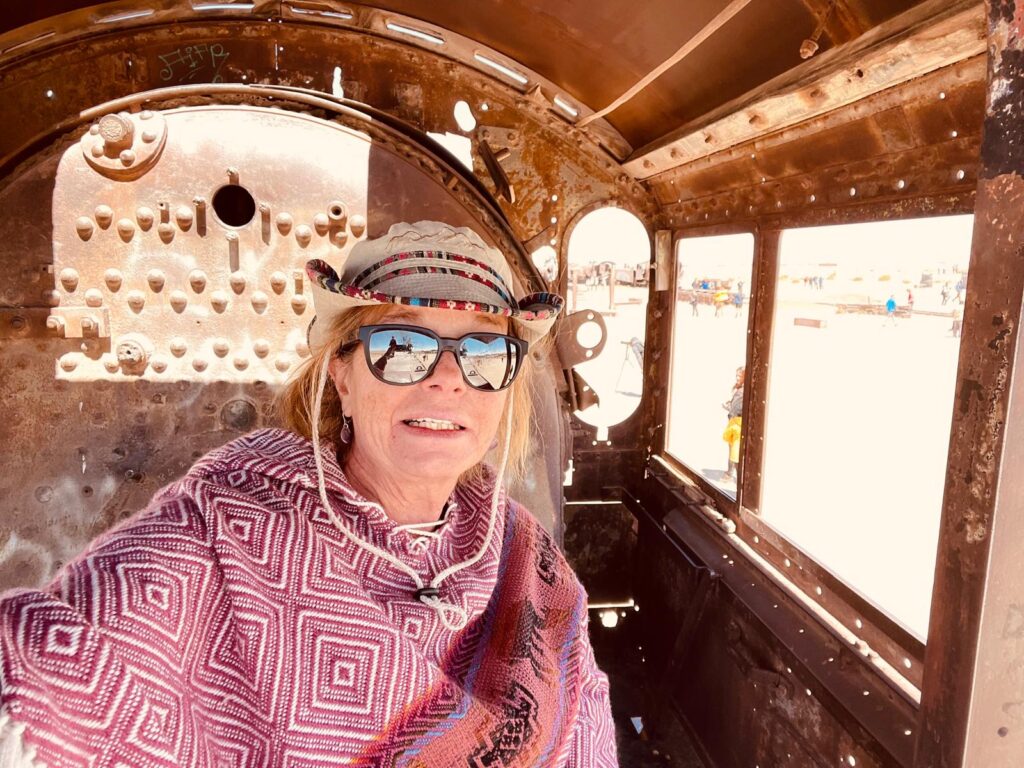
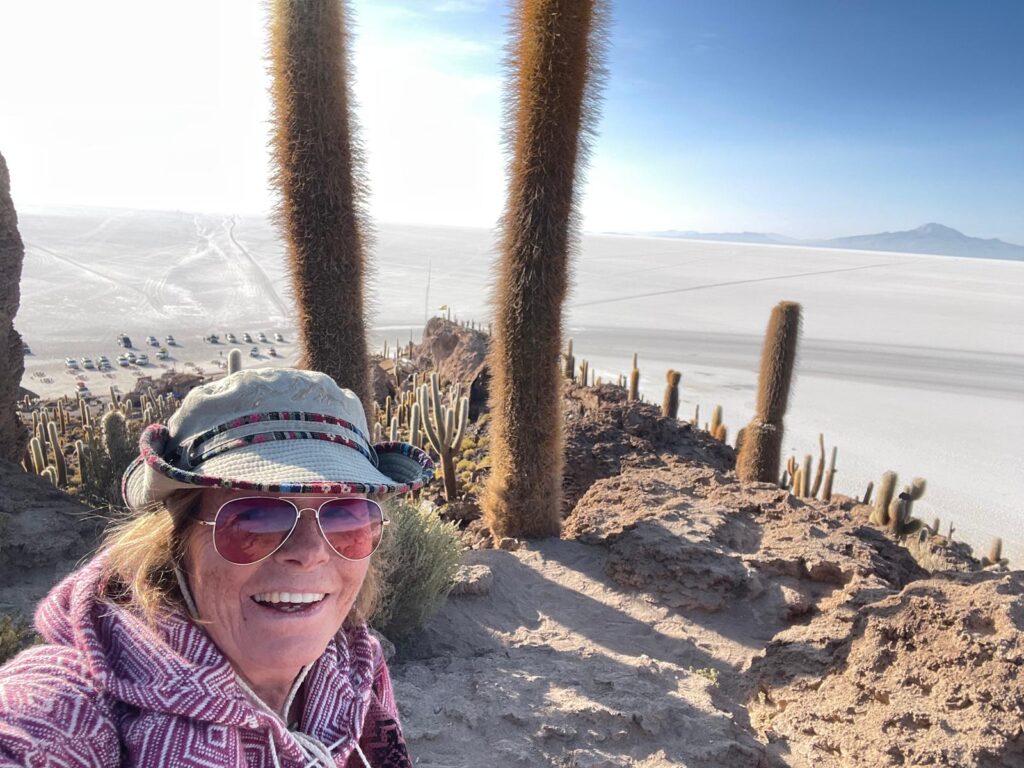
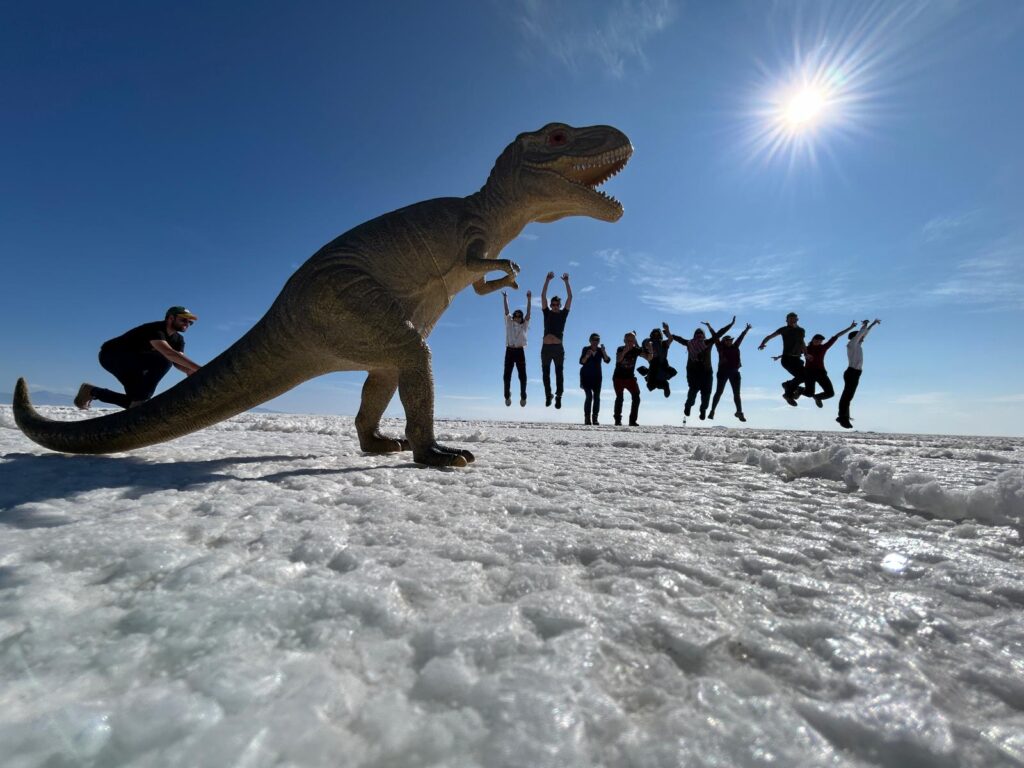
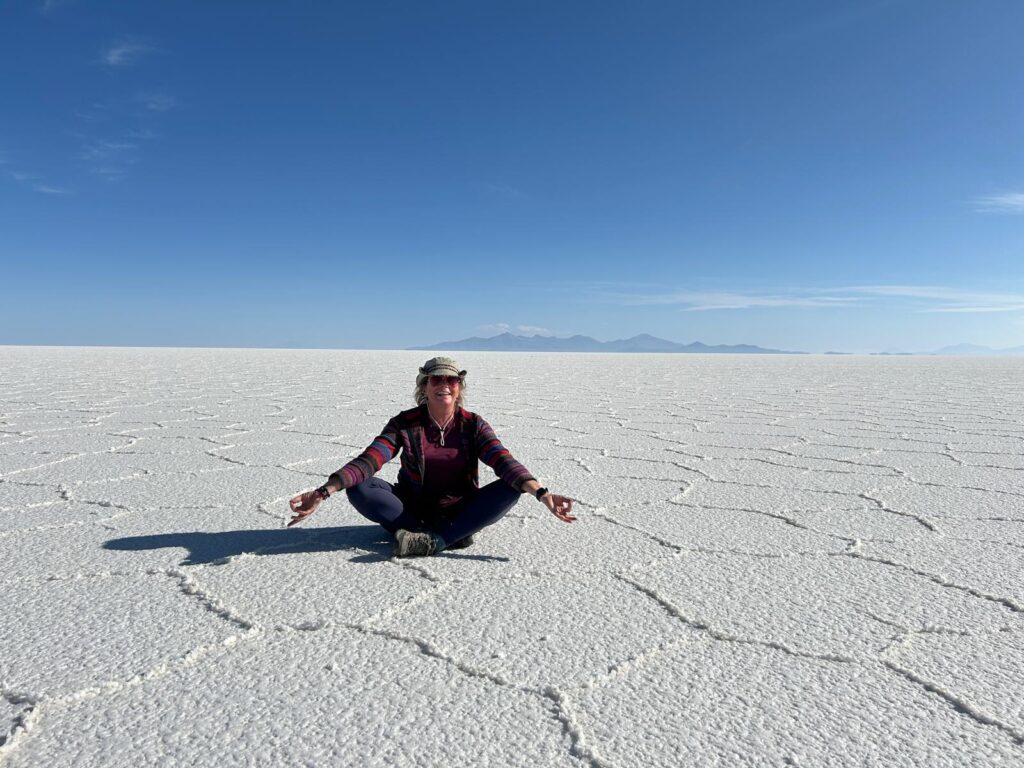
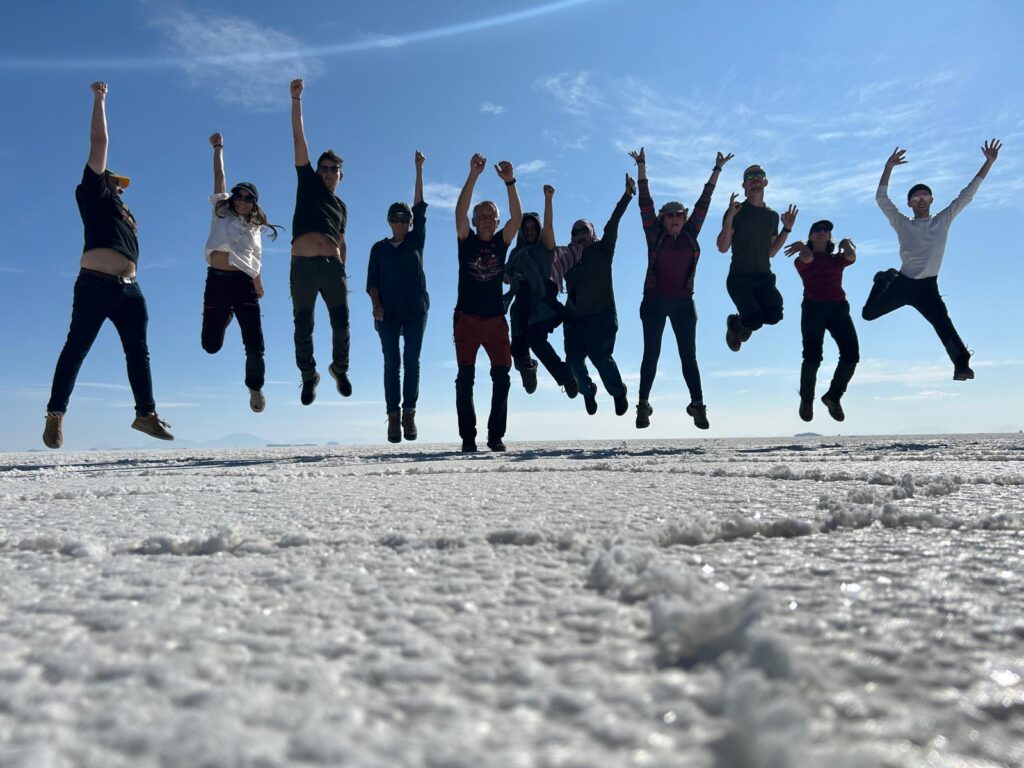
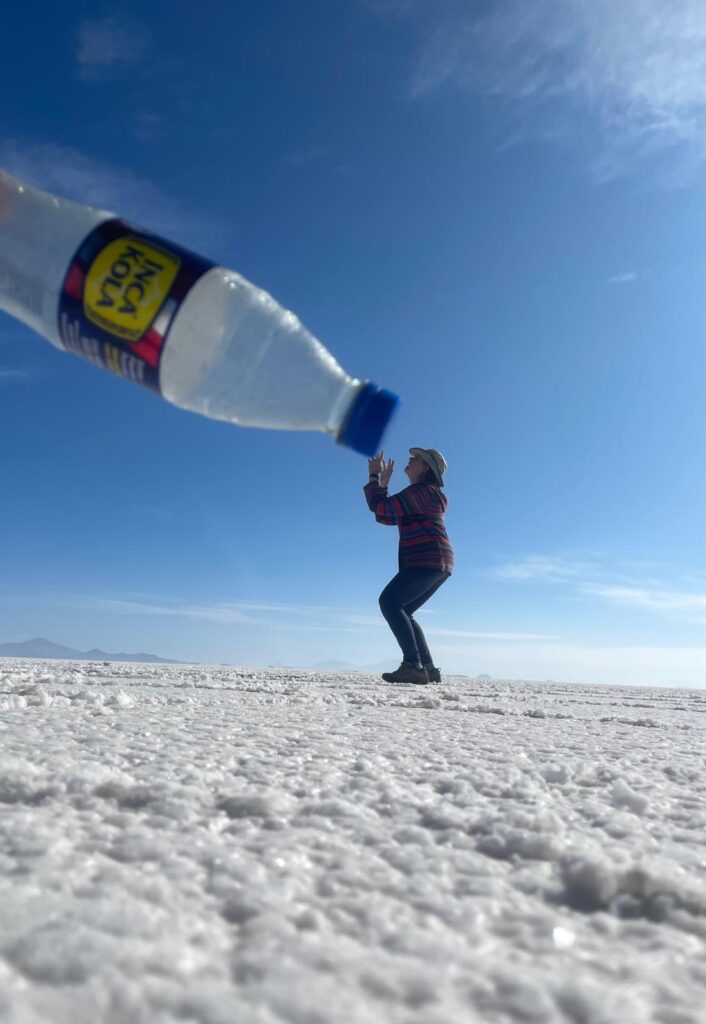
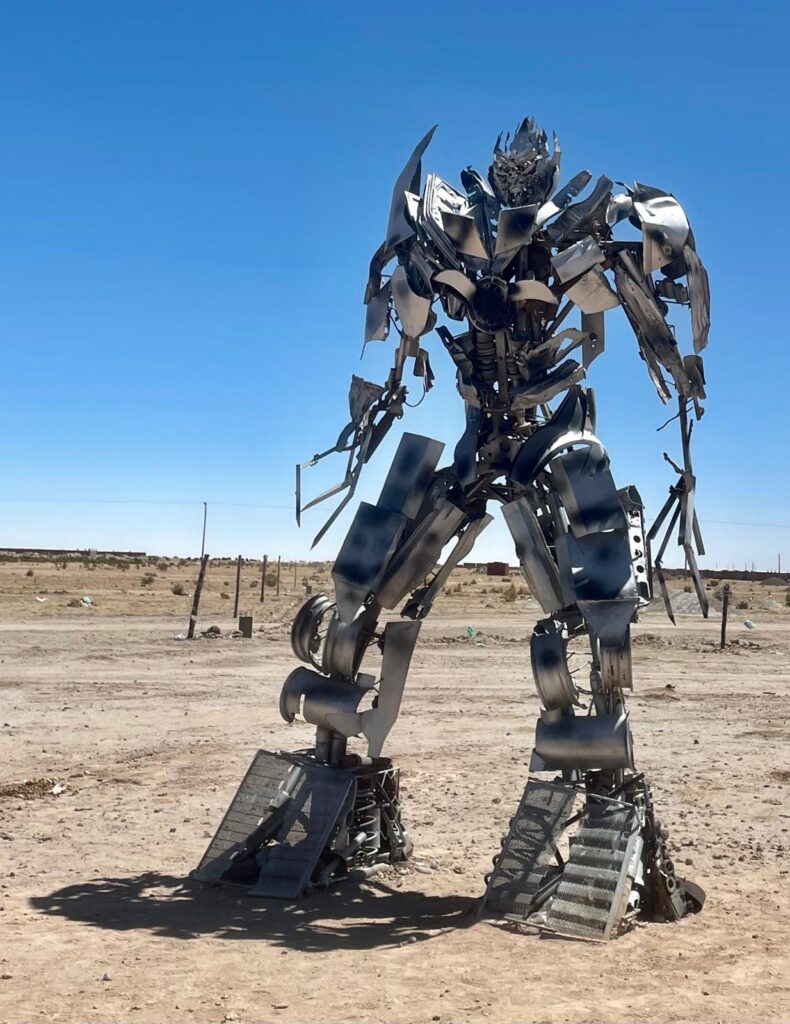
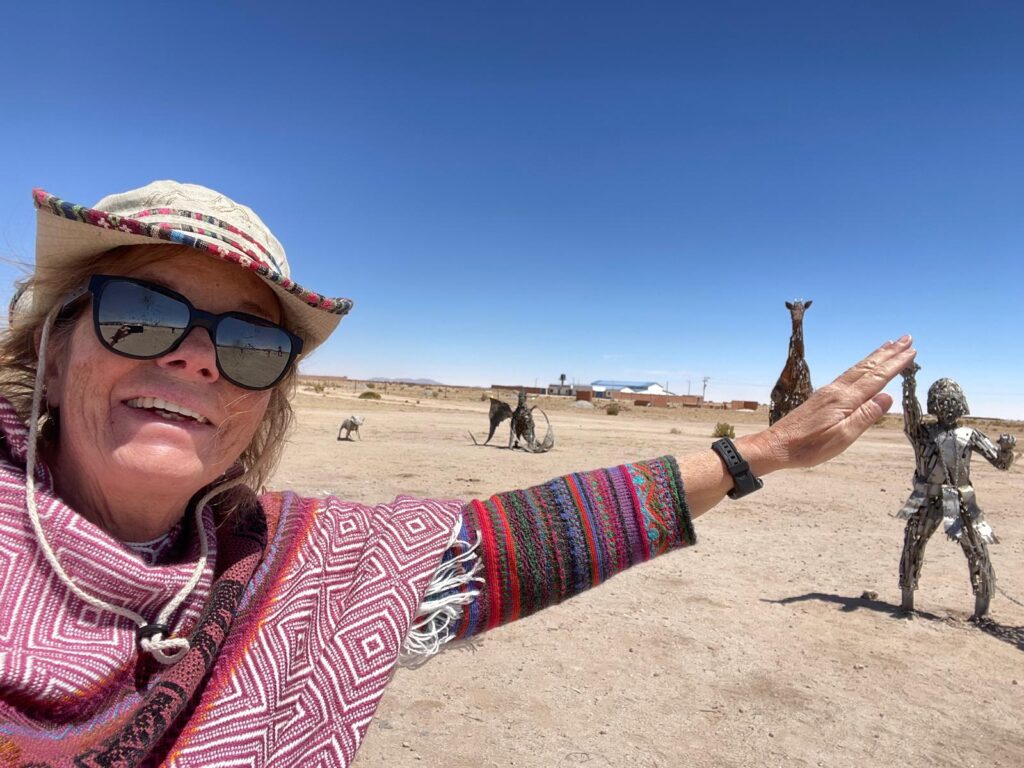
Thursday was spent further exploring the wilderness of the highland desert. Seeing the country from a 4×4 reminded me of being on safari in Africa. There weren’t as many different species as Africa had to offer, and, of course, no-one can live up to my Namibian guide, Samia, but the Thursday’s journey prompted me to reflect on all the overland treks I’ve taken on my RTW journey. Not flying over these places has brought me so much joy! I love seeing the varied countryside, how local peoples live, the different kinds of farm animals, and, of course, the variety of wild animals, birds, flora and fauna. Nature is truly my home, no matter where I roam. WIldlife finds a way to survive no matter the conditions; it’s an inspiration for me to see it first hand! The various colors of the day’s lagoons came from the different minerals in the water (pictured below) whereas the white colors on the mountains were from borax. There were several volcanoes to observe, though Sanro noted that only a few were active. In the evening, we retired to our very rustic lodge with no heat and electricity provided by a sole generator for only a few hours. It wasn’t exactly camping, but it was pretty close to it! At least we weren’t in tents in the cold from the high altitude.
I was up bright and early the following day at 4:00 a.m. to start the day. It was tough waking up so early, especially because I was warm under the covers and sleeping bag. I did, wisely, put the clothes I’d be wearing under the covers as well so they were pre-warmed; a little camping trick I had up my sleeve from earlier adventures! So, I threw off my covers and quickly layered up with all of my warm clothes. Seeing the sunrise in a new and unique place has always been worth the initial shock to my body, anyway, and this occasion certainly confirmed that theory! We had a quick tea and folded pancake, loaded our gear into the 4×4, and then headed out in the dark for an amazing adventure. It was about an hour drive to our highest elevation yet: 16,000′. As soon as we got out of our vehicles, we dipped down into the rim of an active geyser! It was still cold, despite the geyser’s steam. I was excited to get out and explore what looked like the planet Mars! Sandro cautioned not to get too close, as the ground would be soft and pliable near the edge. I felt like a little kid experiencing something for the first time, like seeing snow. As I walked into the steam, which smelled of sulfur, I was glad for my buff and layers. It was noticeably warmer, and the red clay surface was sticky and moist. Sandro was right, so I took his advice and watched where I was stepping to stay safe. WIth the full moon on the setting western horizon, I truly could have been on Mars! Some of our crew mentioned how cold and windy it was and returned to the 4×4. I took a few more pictures and reluctantly returned to the vehicle when Sandro called out. I was the last person in our 4×4. What an otherworldly experience in Bolivia! After our Mars encounter, we drove to hot springs at a lower elevation with nicely made pools and changing facilities. The air was still cool at 7:00 a.m., so changing into a bathing suit– even in the dressing stall– was a challenge. But, as soon as I got into the hot pool, it felt like a warm and relaxing bath, boasting temperatures around 100 degrees. After about 30 minutes, it was time to head to the Chile border and end my epic Bolivian adventure.
The several step process to cross into Chile went smoothly. First, we had to present our individual QR code, filled out from a digital form that Sandro had provided us with the link. Then, we got our exit stamp in Bolivia. Lastly, we drove through to the official Chile border where a different driver was waiting. It was a little chaotic collecting our bags and following a new driver, so that goodbye to Sandro and Paulo felt rushed. But, I was in transit mode and staying vigilant about where my belongings were. During those transitions, it always feels like everyone is in a rush and that’s when bad things can happen. I took a few deep breaths, kept all of my important belongings at hand, and made my way into Chile. As soon as we approached the customs house, I could tell it was a richer and more westernized country. The roads were paved and the highway signs looked very much like those in the US. The customs house had X-ray scanners for all of the luggage and the officials were wearing uniforms while seated behind plexiglass partitions. WIth my passport stamped, and the important PDI paper inside my passport, I collected my bags and bordered the new mini bus to my hostel in San Pedro. The 30 minute ride was mostly downhill, a welcome change to lower elevation and warmer temperatures. I arrived at my hostel 2 hours before check in and didn’t mind waiting outside of the entrance, peeling off layers and resting in the cool breeze. Breathing was so much easier at 8000′! I later found out that I’d arrived in Chile during their national independence holiday! There were flags everywhere and my first thought was “Wow! This is a patriotic country!”
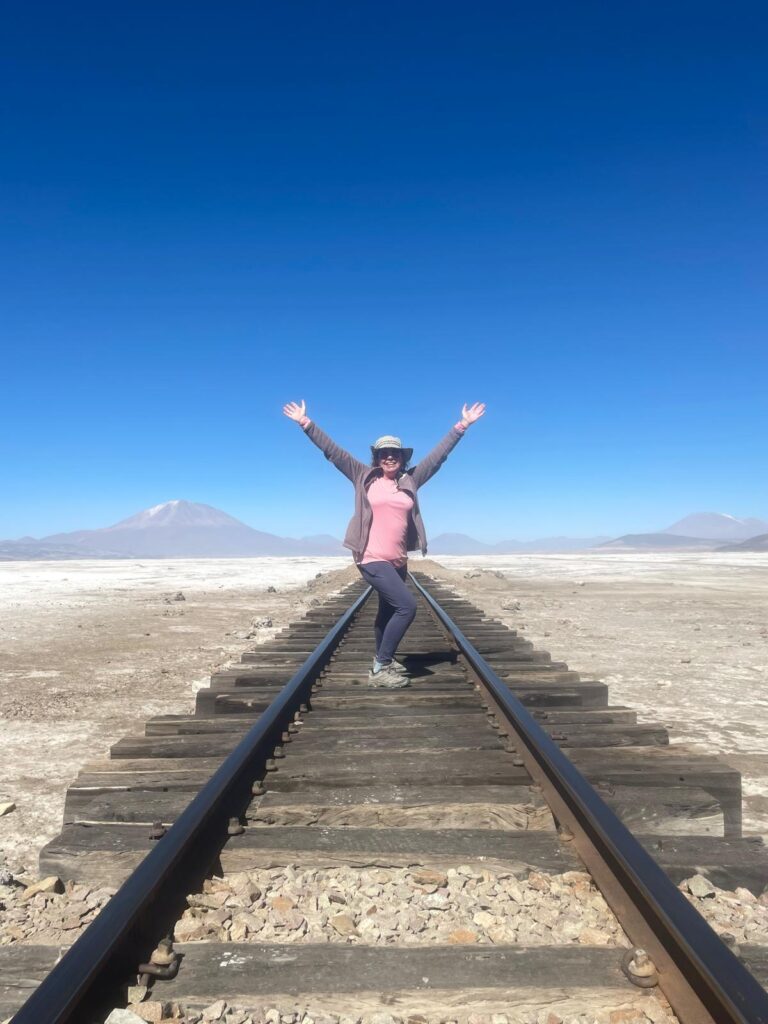
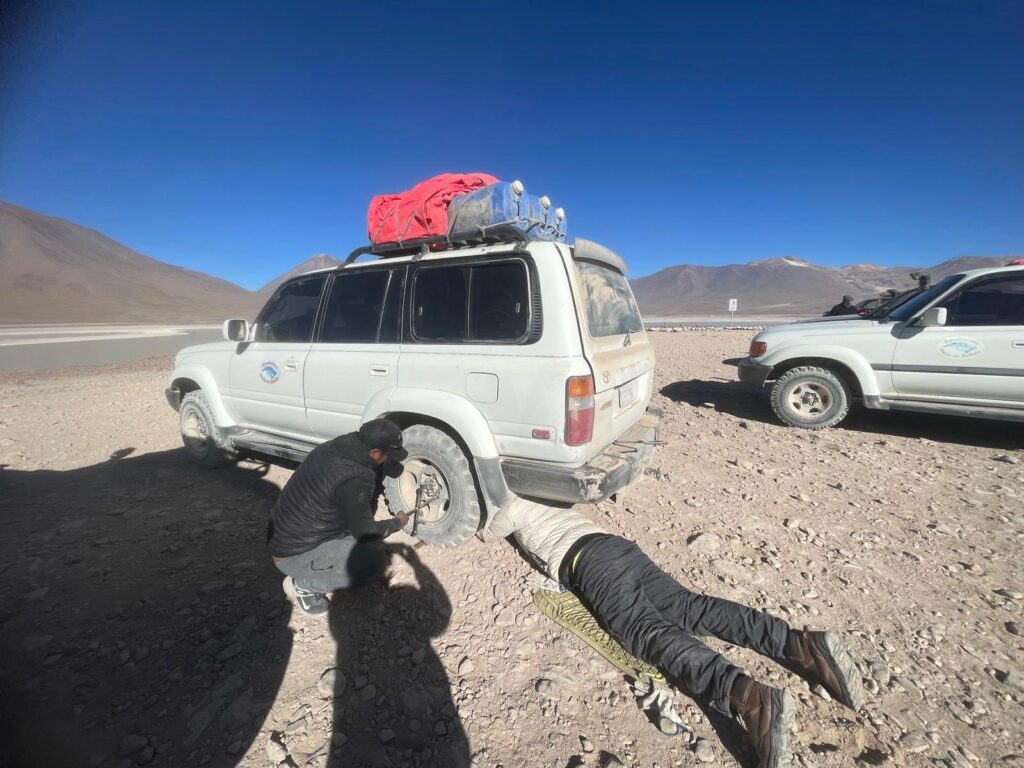
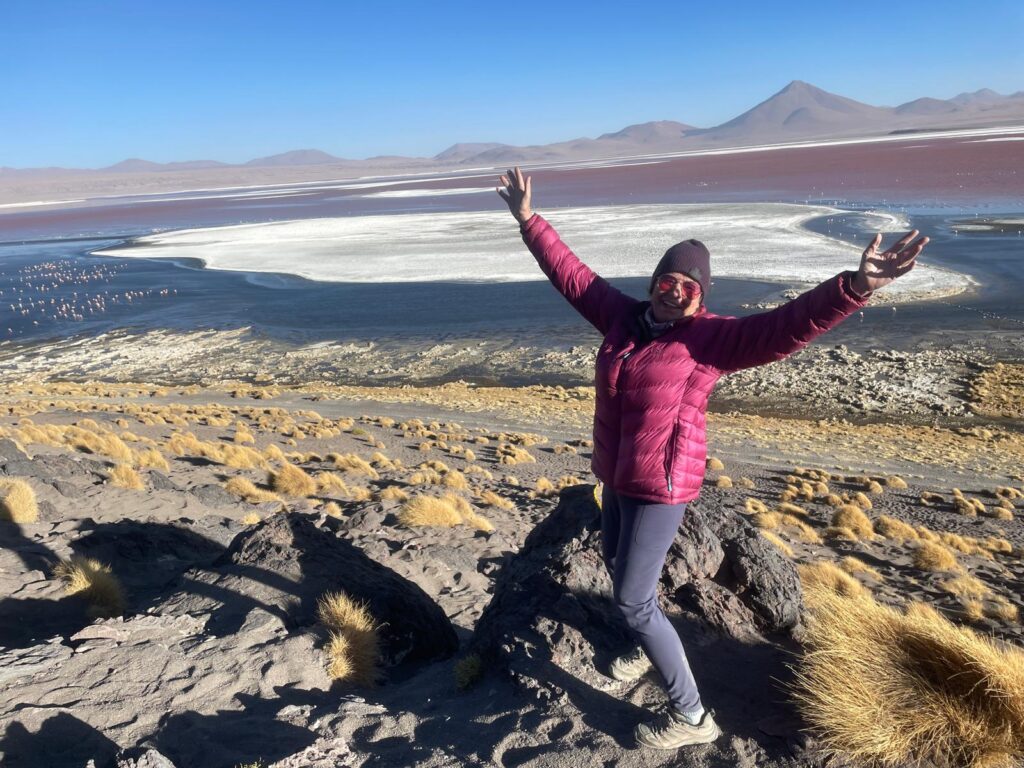
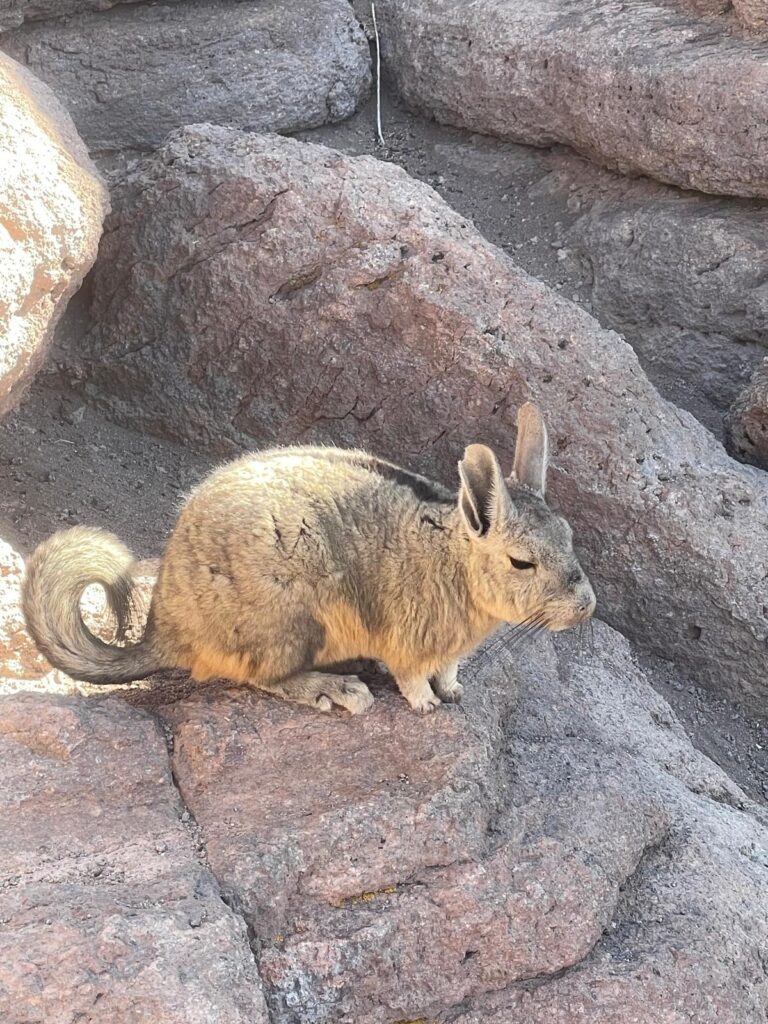
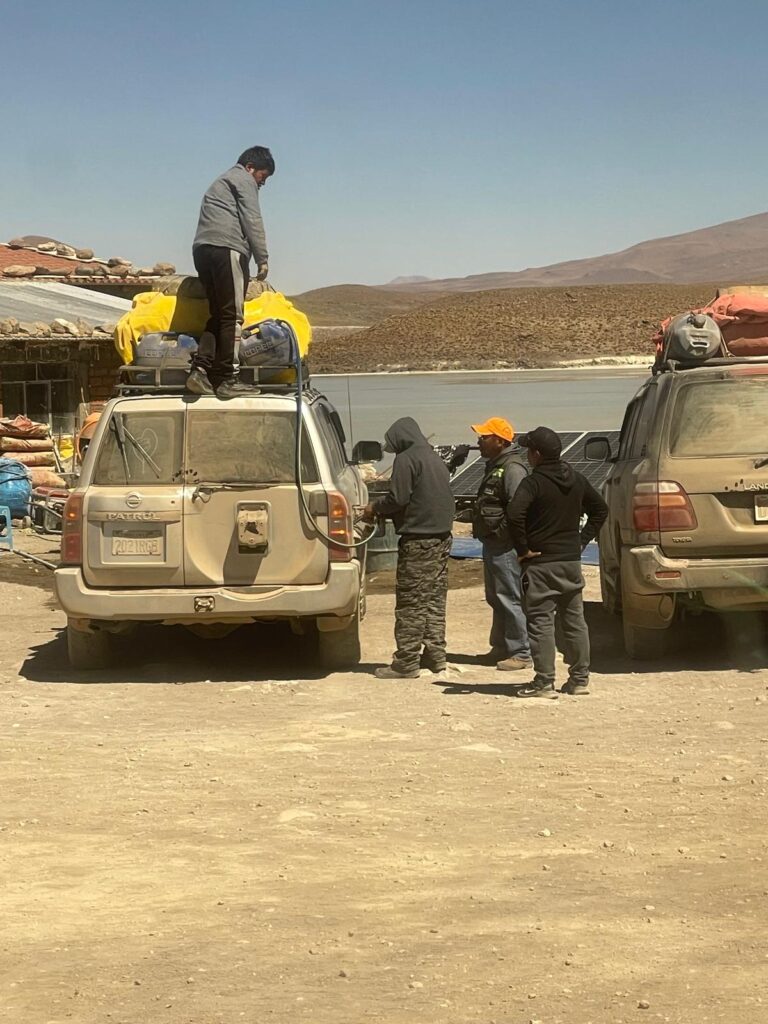
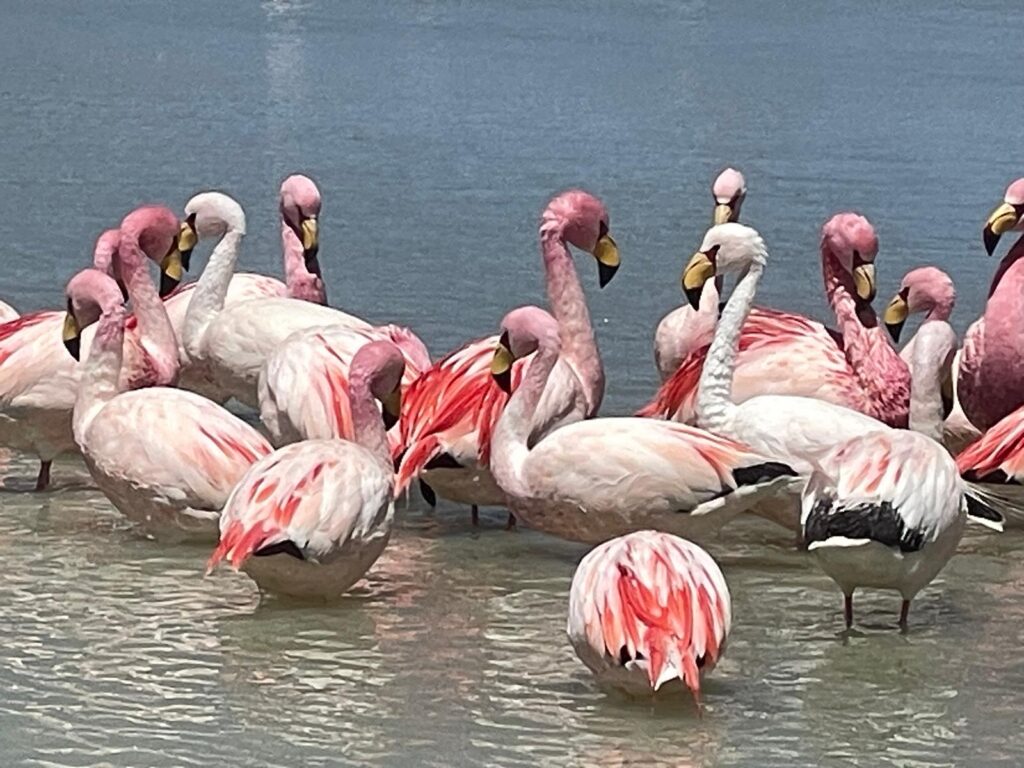
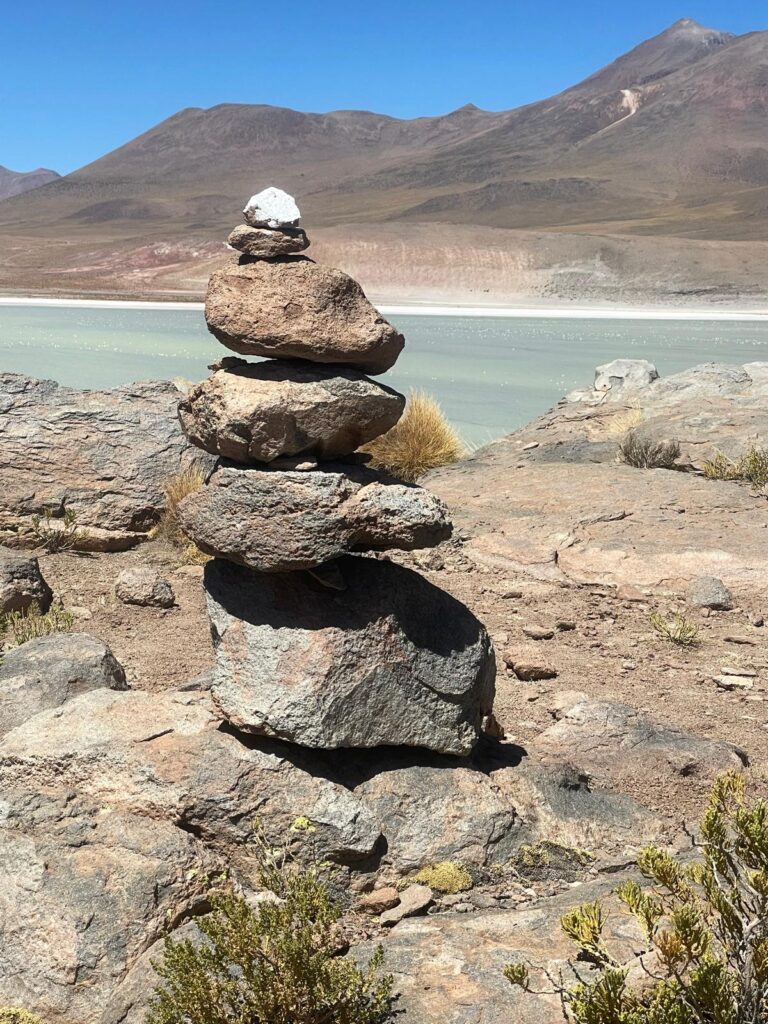
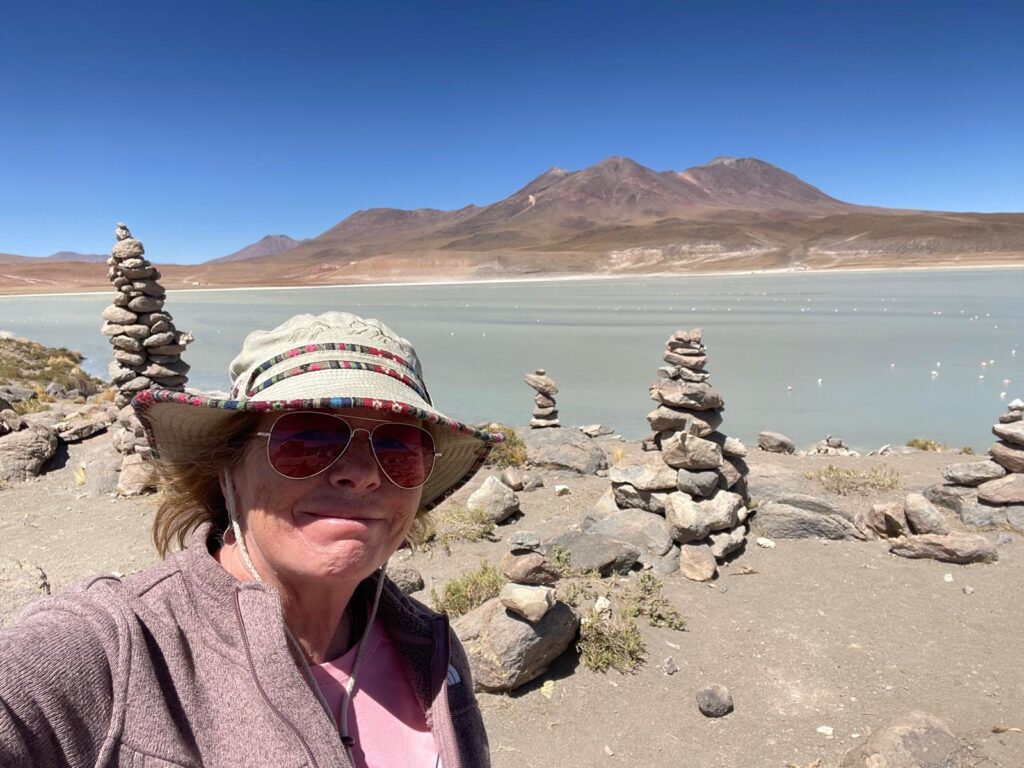
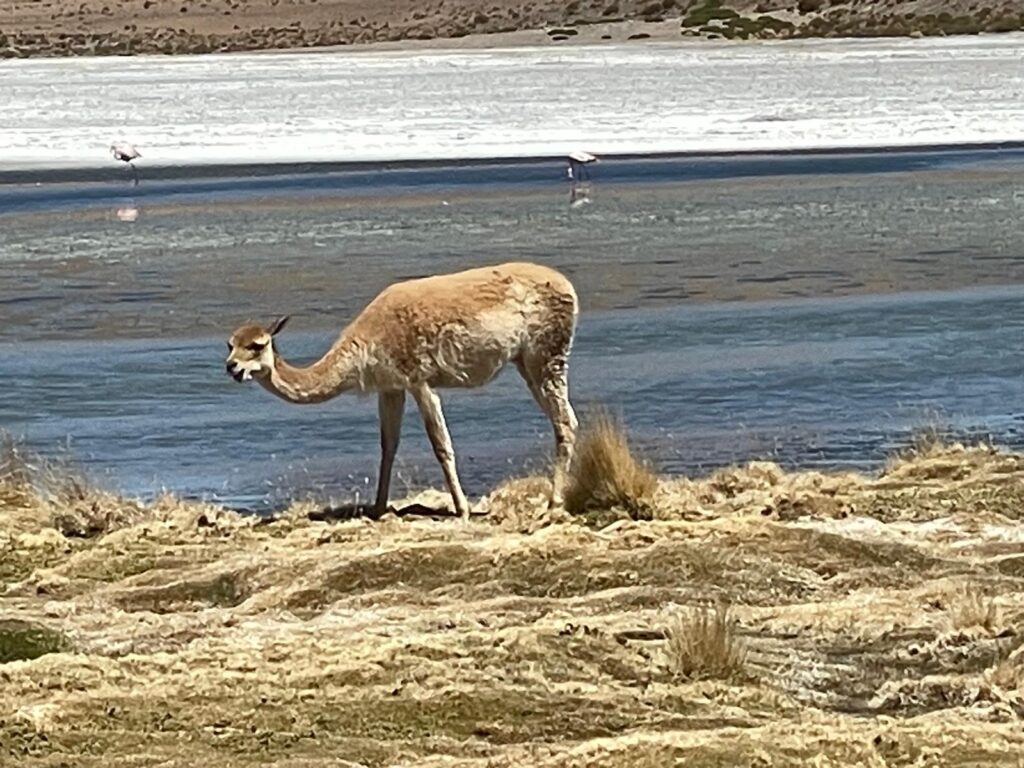
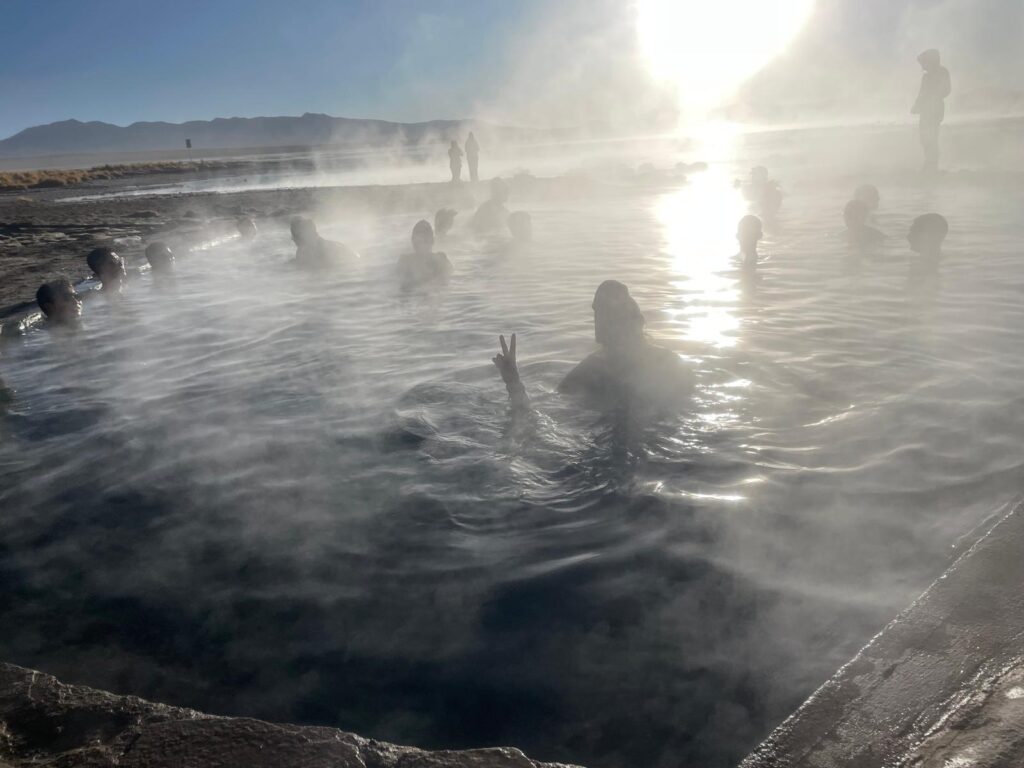
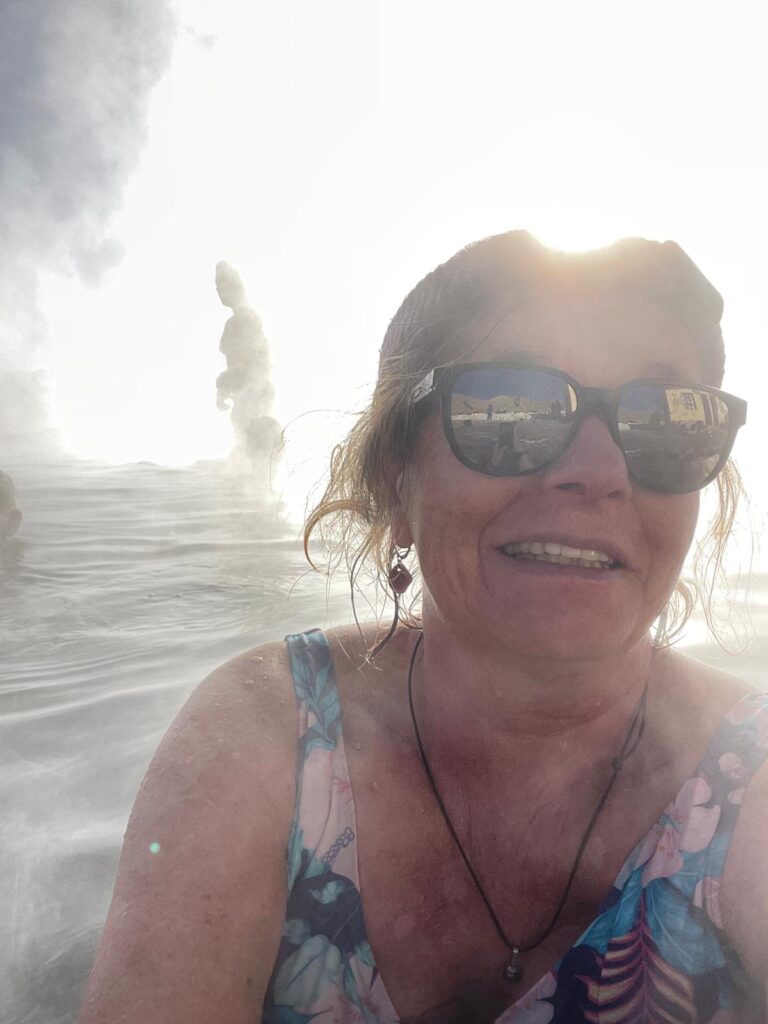
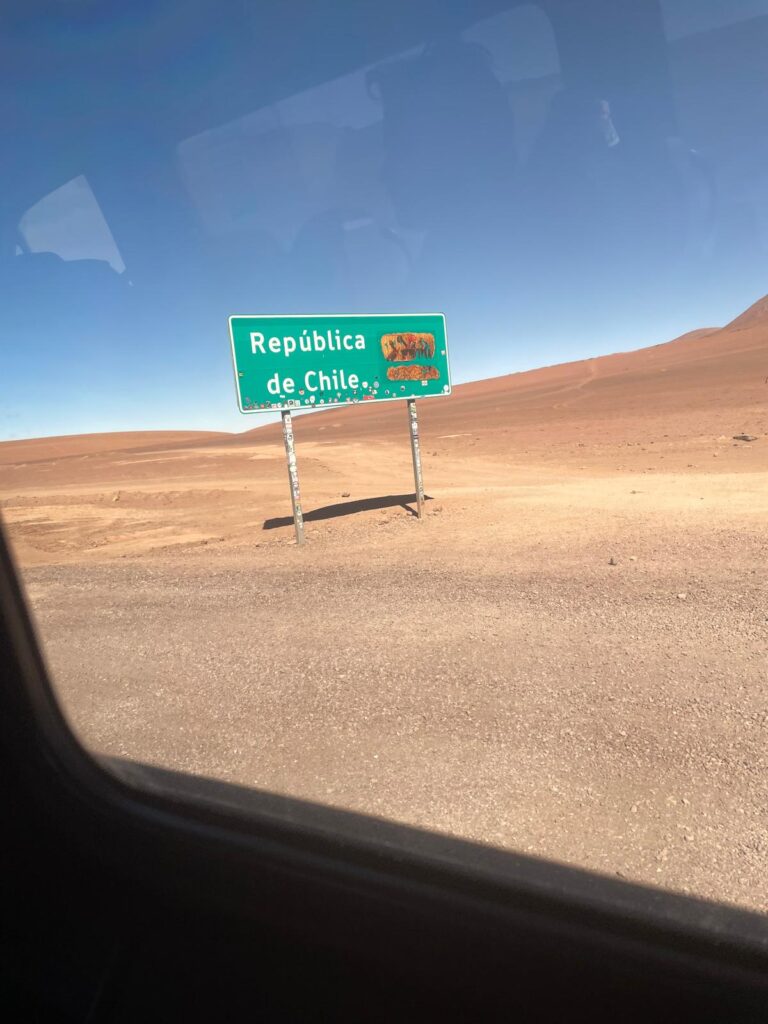
Over the weekend, I got situated in my rather cramped hostel. A third woman joined on Saturday, which made it really tight quarters, but I paid for three nights so that’s how long I stayed. The town of San Pedro de Atamac is small enough to get around on a bike with lots of hiking availability just outside of the town, so I decided to get a bike and make my way around. Even though it’s quite touristy, a lot of people don’t speak English, so I had to revert to practicing Spanish. Between those attempts and Google translate, I got by. Bolivia took a lot out of me, but after a short period of time in Chile, I felt my energy and enthusiasm for Latin culture returning. Some of the biggest and most advanced telescopes reside in Chile due to the altitude and atmospheric tradition. Speaking of altitude, at 8,000′ it feels so much better in Chile than Bolivia. Chile has the perfect conditions for hiking, biking and star gazing– it’s definitely a recipe for success!
The following week started with a bang– star gazing! The Atacama Desert in Chile is home to the largest radio telescope in the world, The conditions of being one of the highest and driest places on earth make it prime star gazing territory. Most of the tourist agencies in town offer astronomy tours. The ALAMA observatory is not open to the public, which was disappointing, but the sky is free and all I really needed was a ride out of town to get into dark skies. My tour met at the office and included looking through a telescope, an astronomy lesson, personal photos, and a ride back to each person’s accommodations. When I booked it, it was listed as an English guided, but it turned out that I was the only true English speaker. There were four other people– who were not native Spanish speakers, but they were much better than I at conversation and comprehension. It was a minor frustration waiting to hear the English co-guide interpreter, and missing out on the main guide’s jokes and conversations was a bummer, but it was an experience nonetheless. I decided that I was there for the sky, and ultimately used my phone app, Sellarium, to find objects. The night sky was breathtakingly beautiful! I could see the Milky Way, and though the moon hadn’t risen yet, Saturn was visible. I felt really proud of myself that I could spot the southern cross without the app, too. I’ve been in the southern hemisphere for several months since crossing the equator on Blue Master II (cargo ship). Seeing the stars as new and old friends is a favorite pastime of mine, and that experience was just another chance to do just that. Looking through their telescopes was cool– seeing nebula and dwarf galaxies and the stars that make up Alpha Centuri was awesome, even if I missed out on the commentary and jokes. The sky’s language is universal and timeless! It’s one of the things that I love about astronomy. We all see the same moon and planets regardless of where we are on earth. Technically, we see slightly different angles and views, but overall it’s the same night sky, and I always feel that universal connection.
I spent the rest of the week catching up on some much needed rest and relaxation, coupled with exploring on my bicycle. Thursday marked my last full day in Chile, which was rather productive. With the upcoming election in the US, it was important to me to ensure that my vote was counted, as I’ll be returning to the states two days after the election. Thankfully, Massachusetts has a great system! I received several emails from Wareham’s town clerk and the online process was secure with multiple verification steps. I’ve always taken the duty of voting very seriously, and despite how divisive the political climate is in the US, I believe in my country and democracy. I’m thankful that the process was seamless! After being in Chile for just over a week, which is the shortest time I’ve spent in a country on my RTW journey, I was thankful for time to decompress and relax. San Pedro is a small town with a laid back vibe. Everyone rides bikes, which I thoroughly enjoyed. Star gazing, bike riding, and relaxing were exactly what I needed after the hectic and troublesome time in Bolivia.
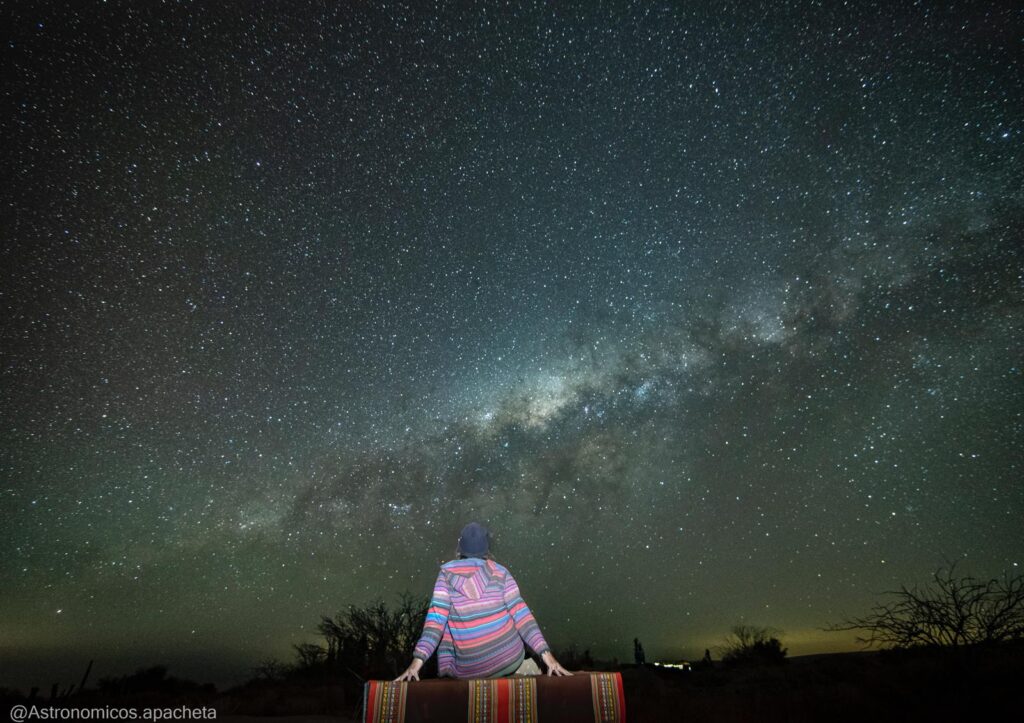
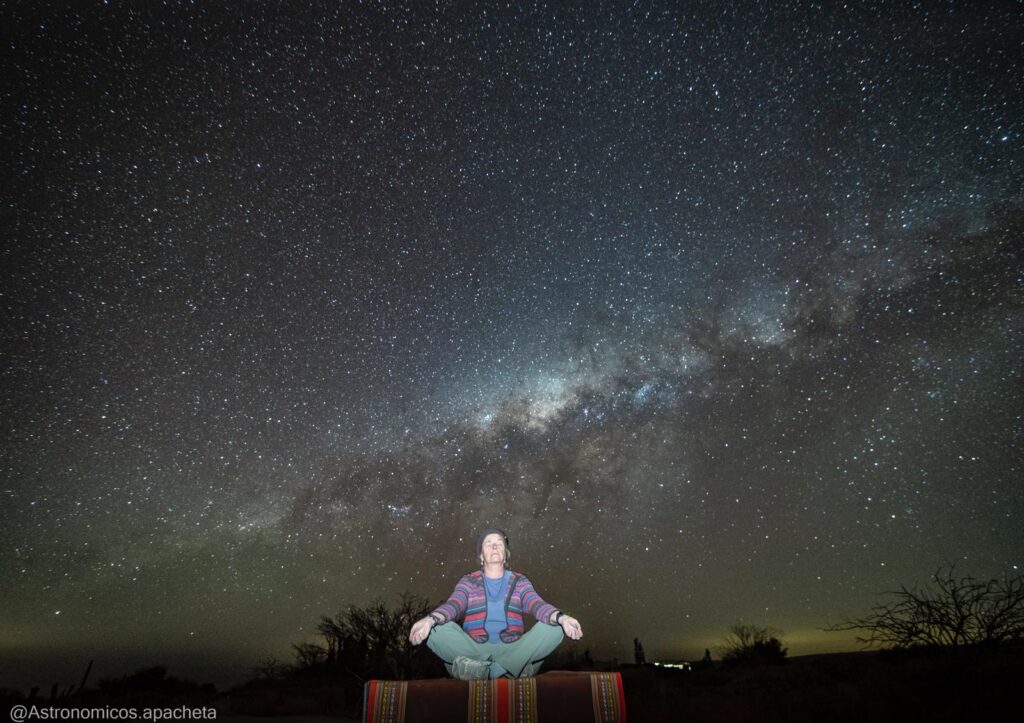
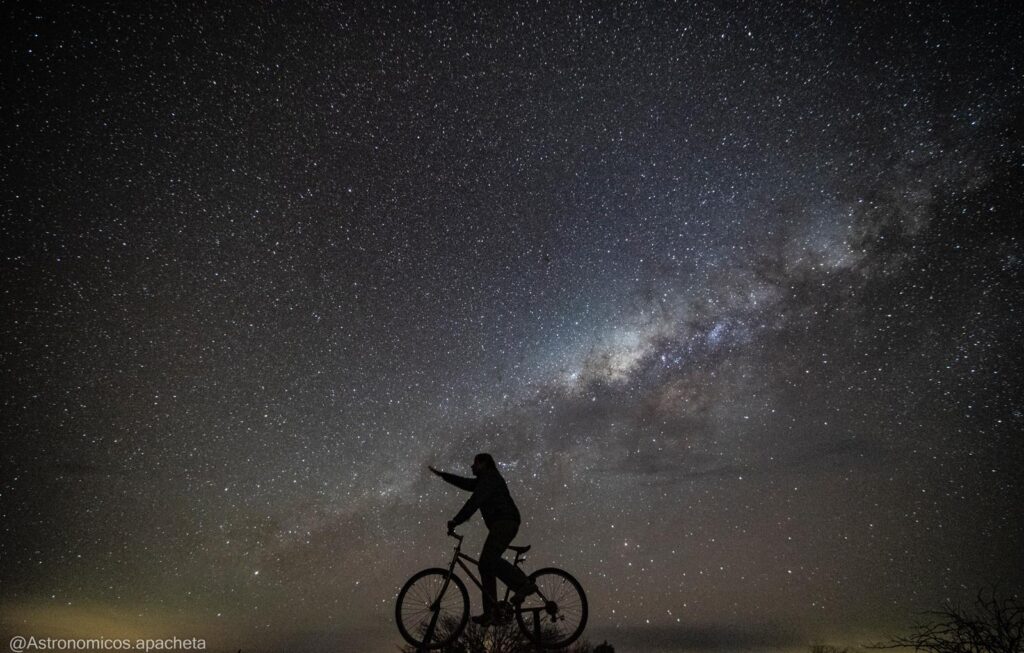
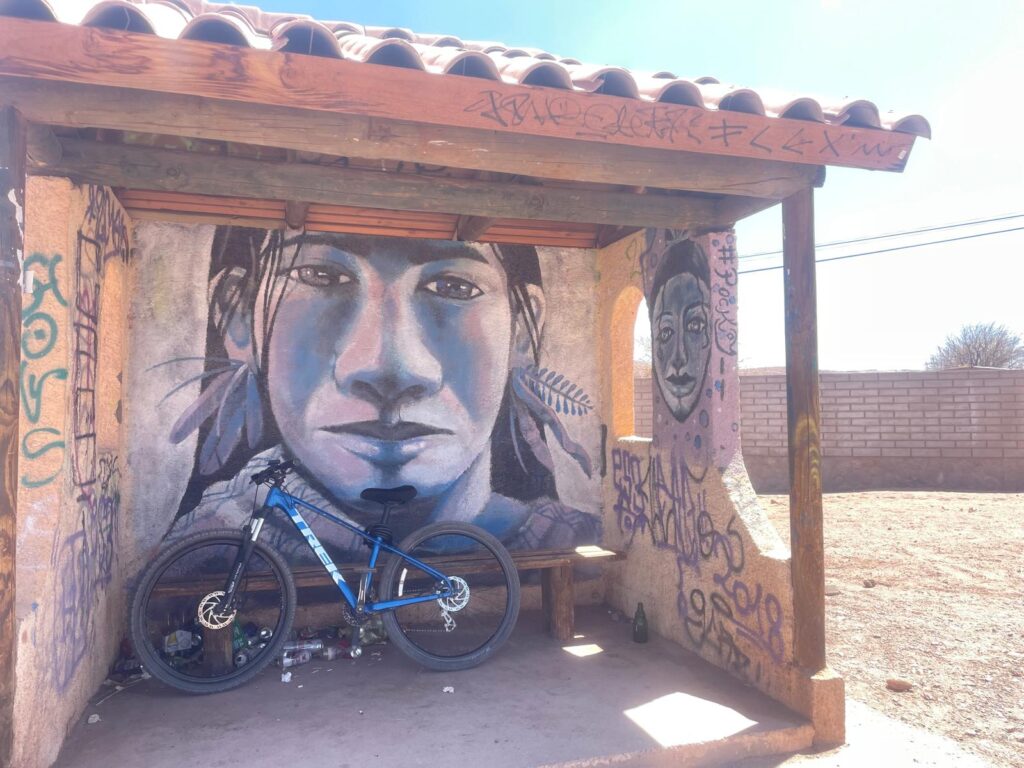
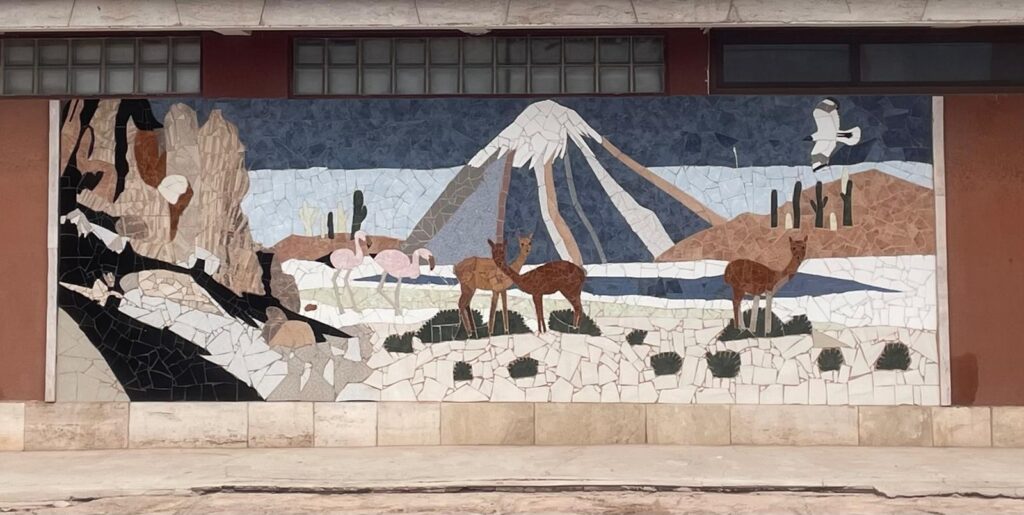
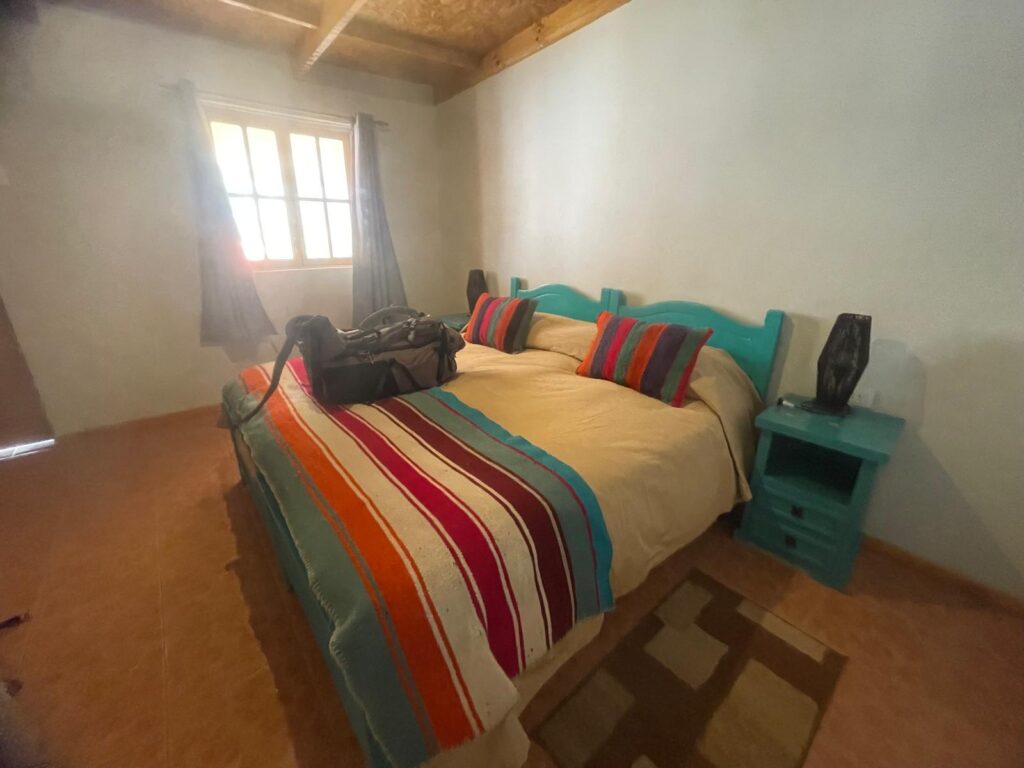
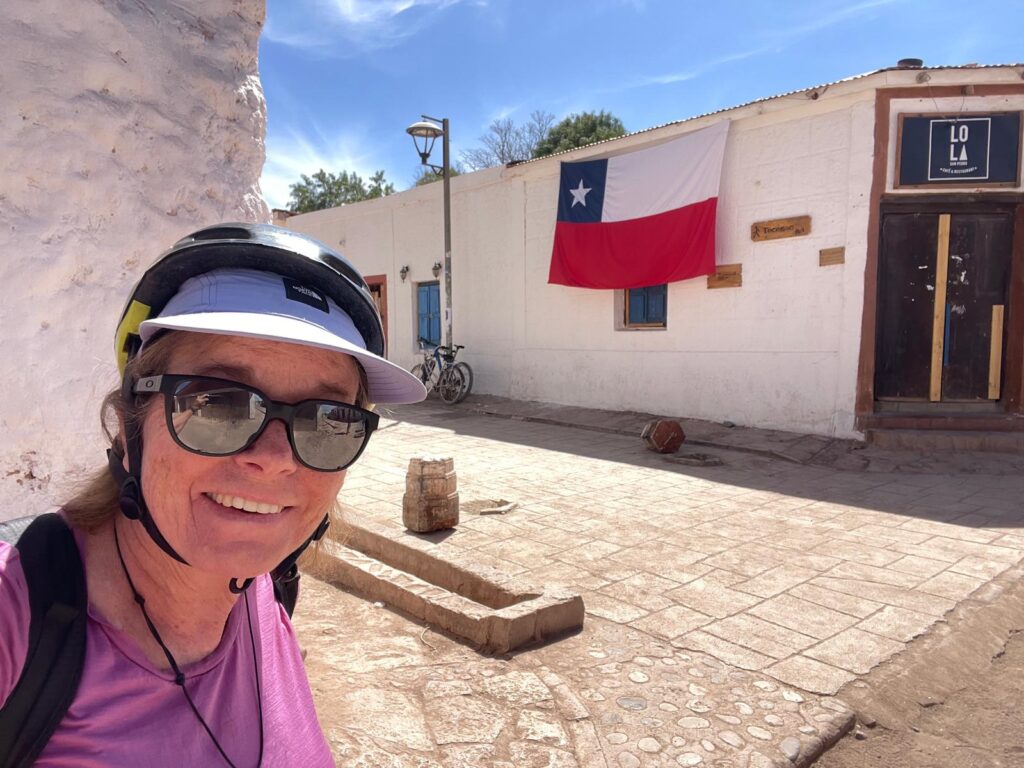
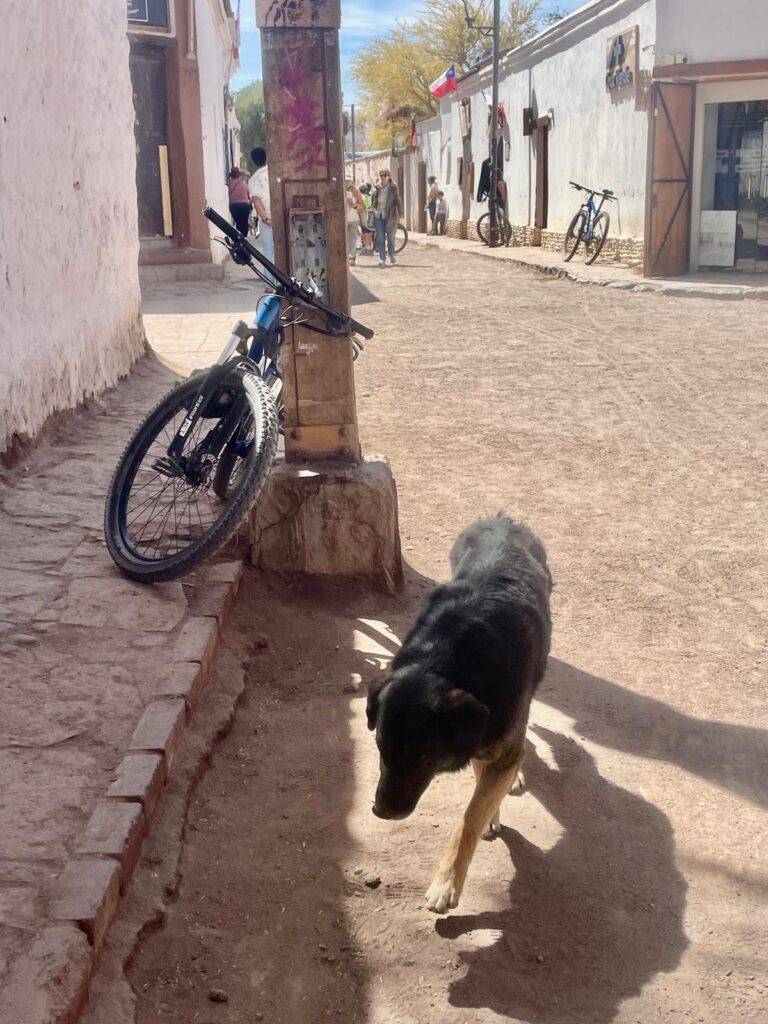
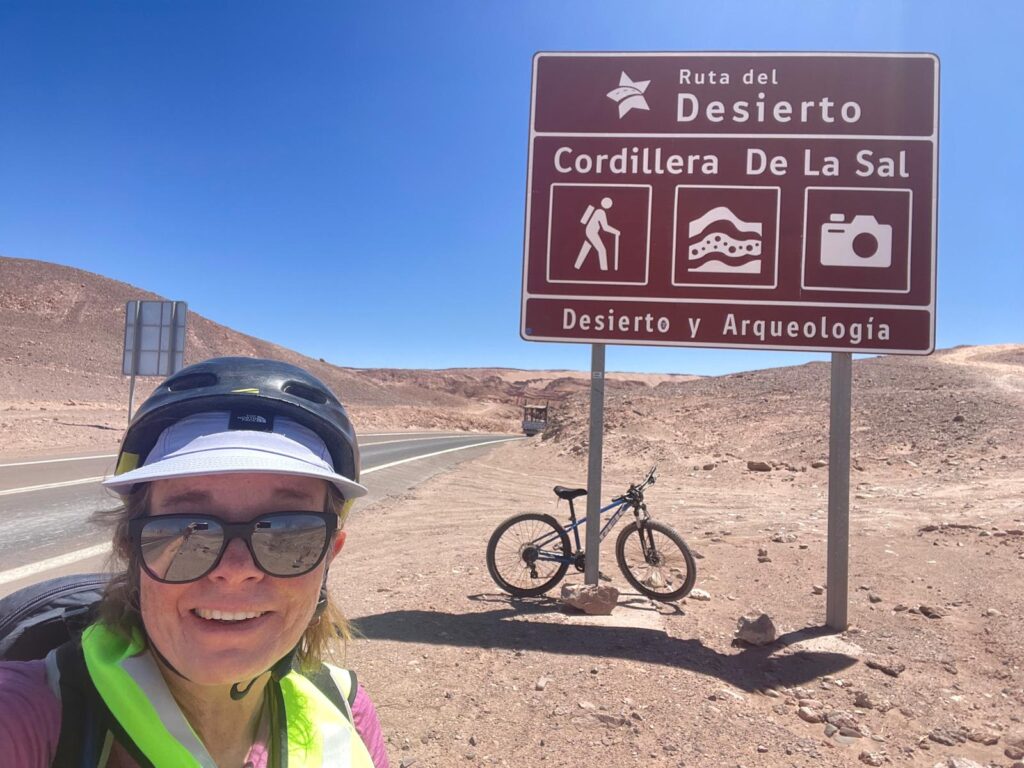
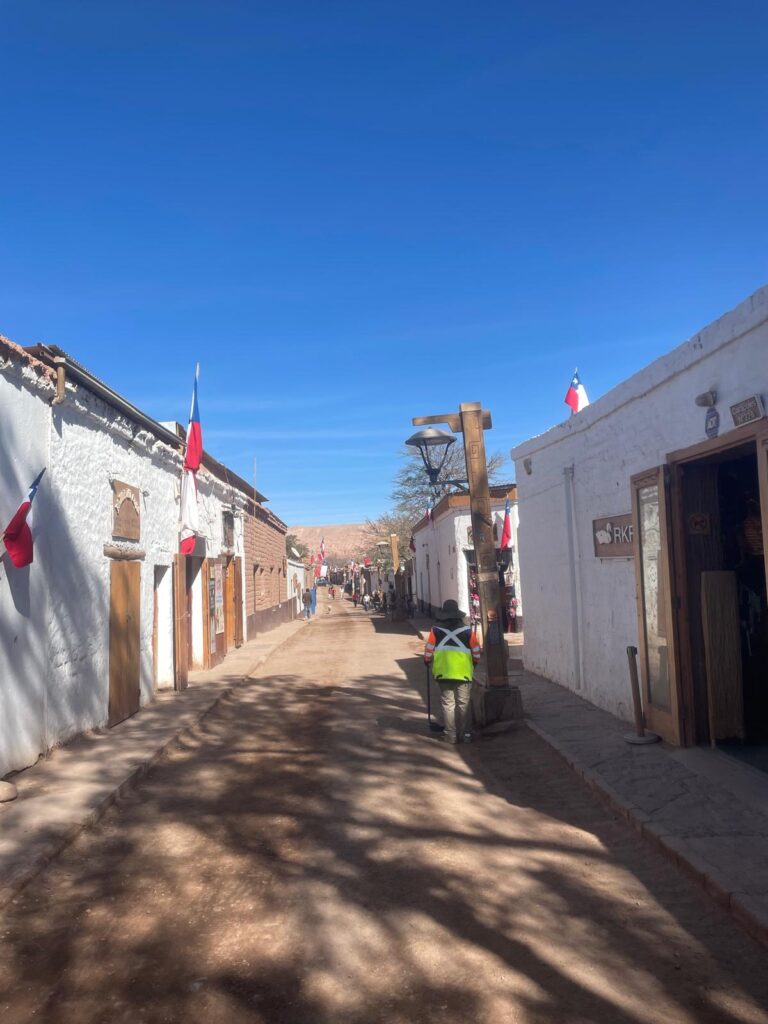
Coincidentally, on Friday, day 365 of RTW, I entered a new country, Argentina, on World Tourism Day (initiated by the UN in 1975). This year’s theme is emphasising the value of fostering sustainable tourism and understanding many cultures as part of World Tourism Day, which is focused on the relationship between tourism and global peace. It was so fitting that I traveled by bus (very eco friendly) and entered the 19th country of my journey around the world. I love when serendipitous events confirm what I’m meant to do with my life. Salta, Argentina is a very beautiful small city that has a very Spanish-colonial feel. It was very pleasant to wander around. At a lower elevation, I felt much more energetic and enjoyed the Spring-like temperatures. The city is in the valley of surrounding mountains with flat grid system streets. Argentina agrees with me! I did find myself missing the street dogs in Peru, though I don’t miss stepping around their poop on the sidewalks.
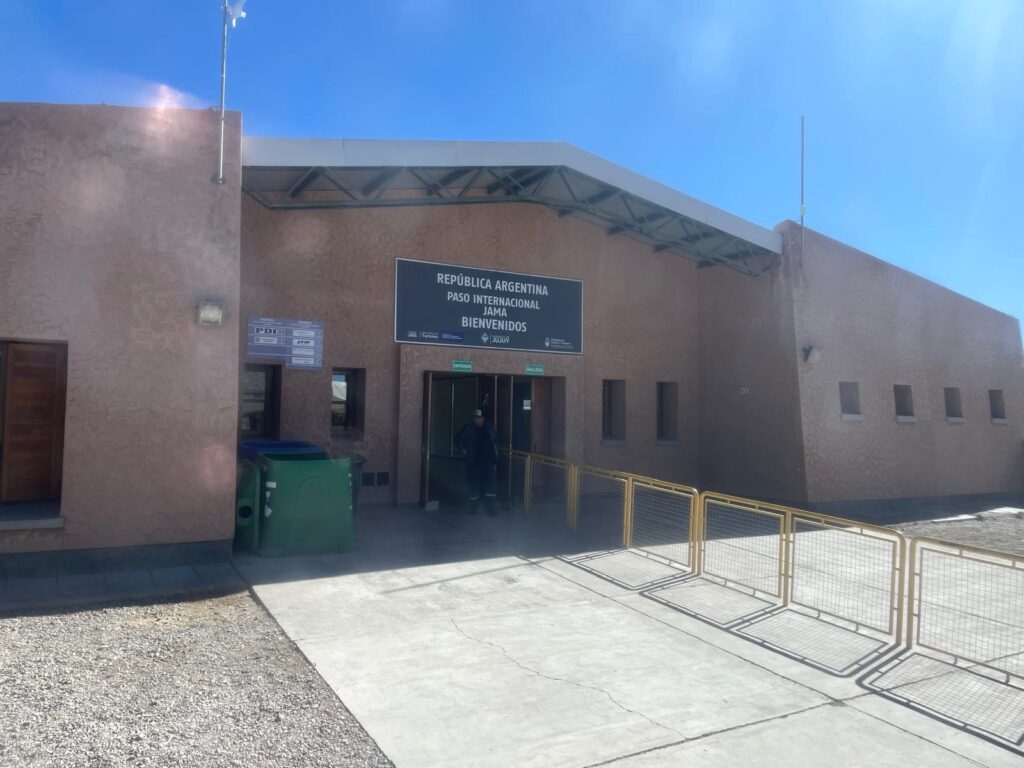
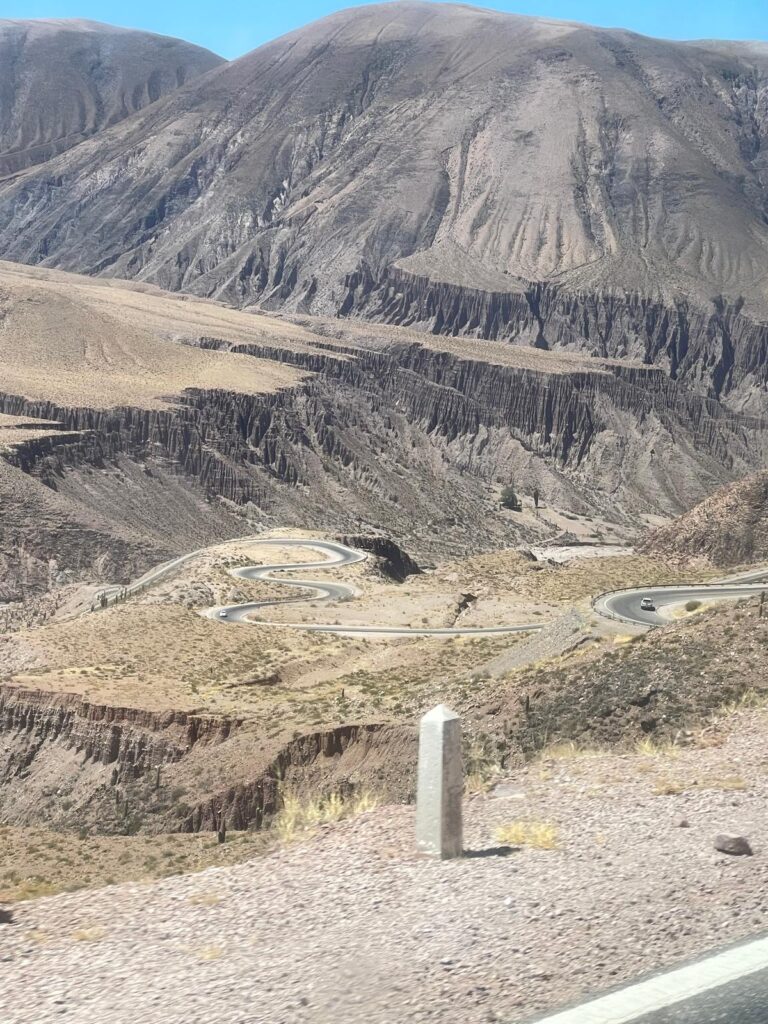
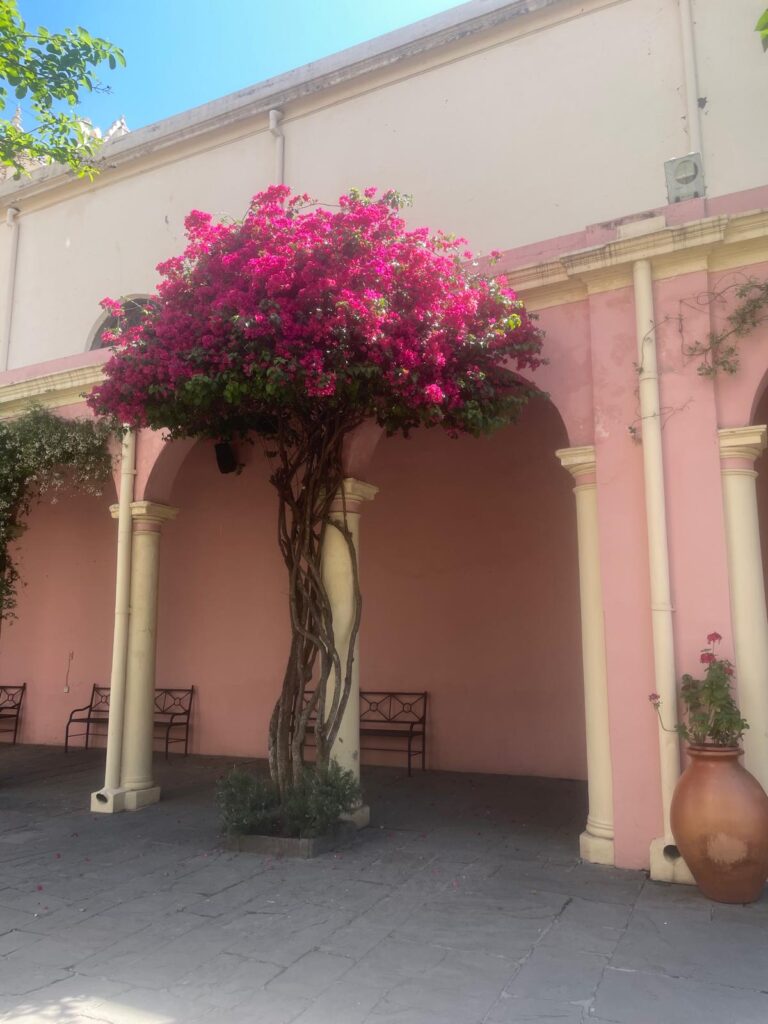
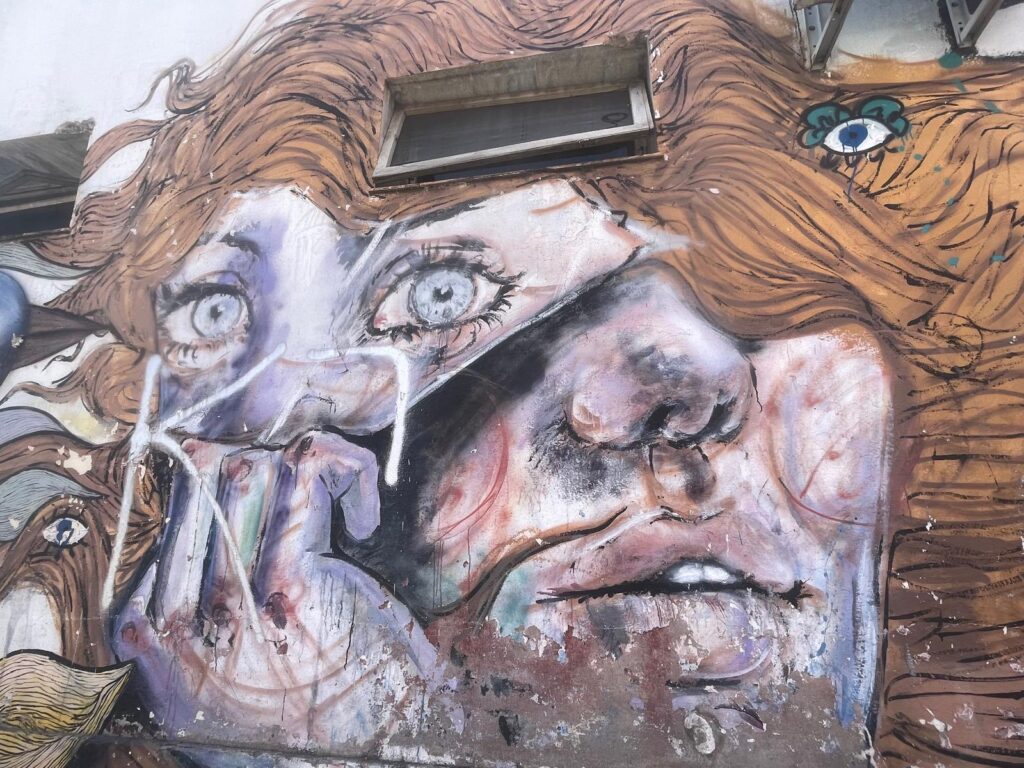
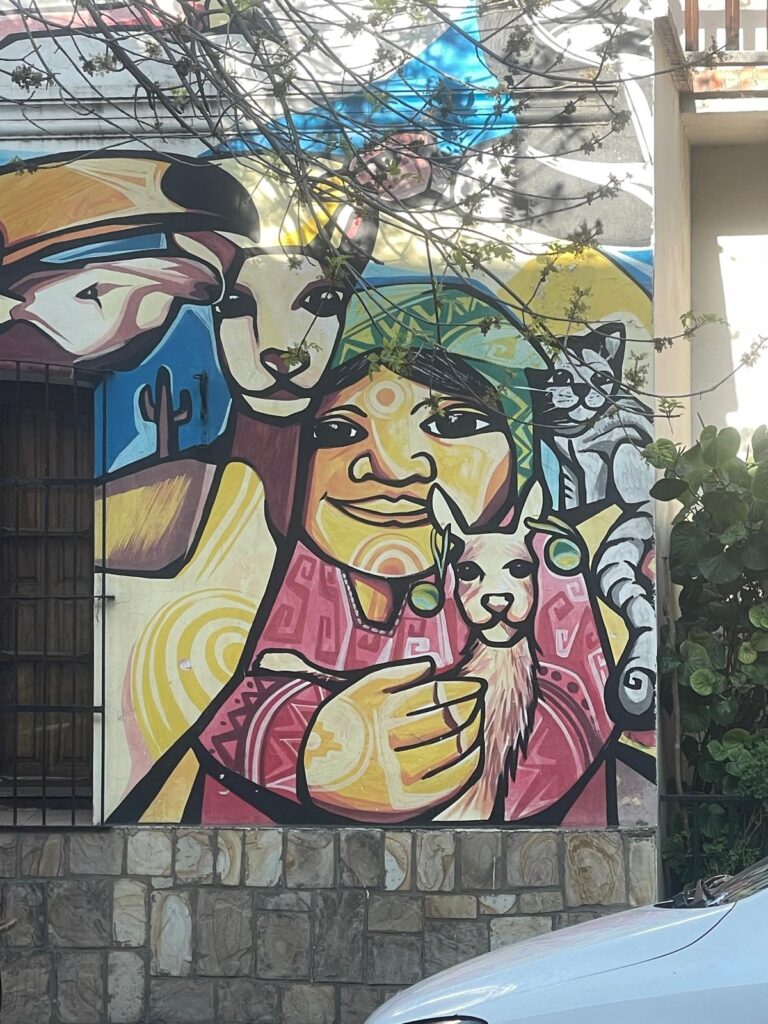
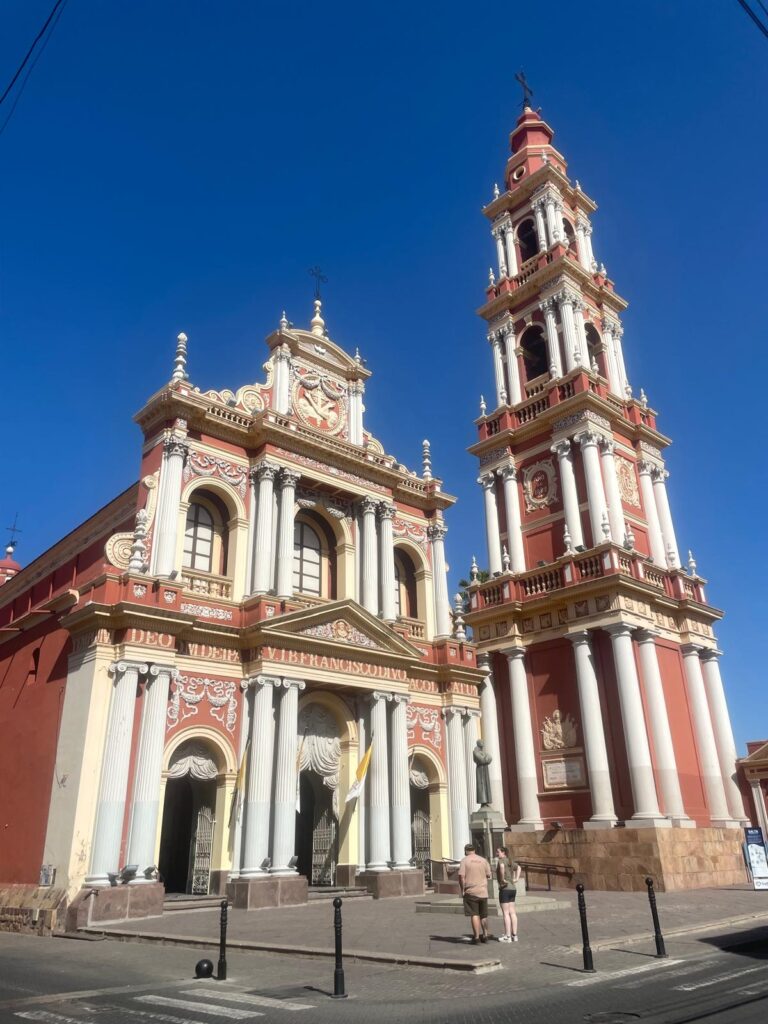
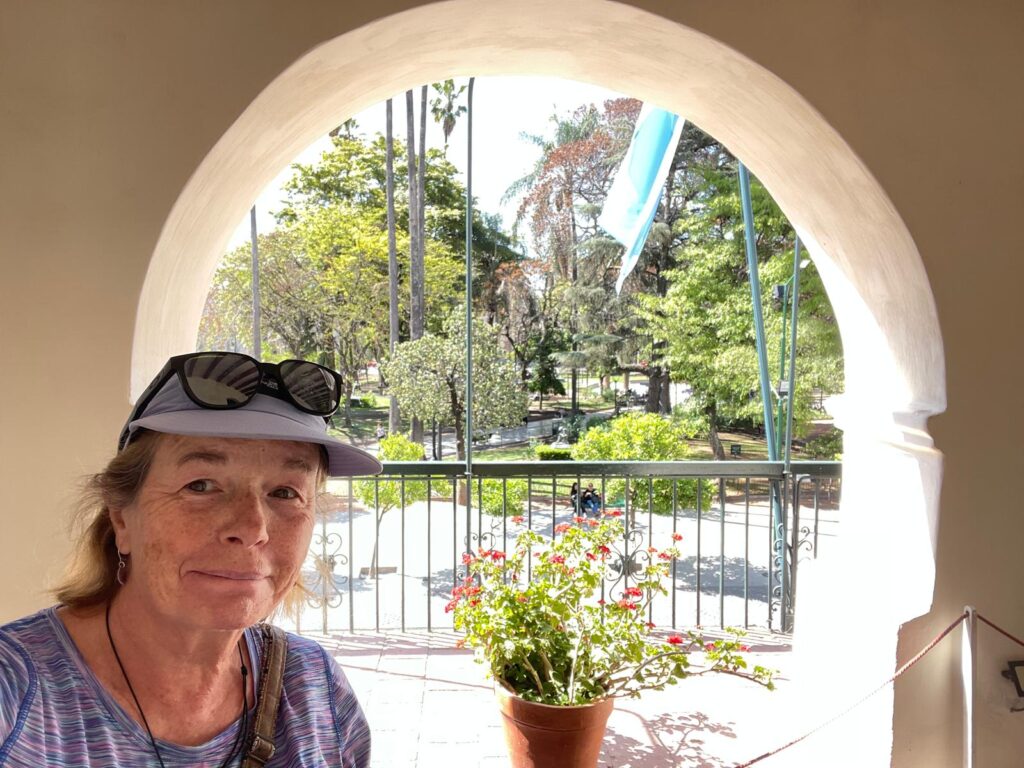
As I enter the last weeks of my trip around the world, I’m a little weary and done with all of the touristy sites and “must see’s”. I’m more about soaking in the feeling of a new place, settling into a routine (which is SO not like me, normally!), and reflecting on the past year in totality. It’s true that I didn’t fulfill all of my goals (no flying, raising $10,000 for WBR), but there are a lot of my goals that I met or exceeded! I have traveled to every continent except Antarctica, completed many fulfilling volunteering experiences, and met so many wonderful people along the way. Not to mention, I got to share the journey with all of you! I feel closer to Mike and Corrine than I ever have, which makes me so happy and excited to see them when I get home for the holidays. I do, however, have a very different feeling about travel than I had a year ago in Santiago, Spain. They say that travel changes you and reveals your true nature, especially when traveling solo. Long days on the road alone with only your thoughts and feelings to keep you company really highlight this phenomena. While I feel like my wanderlust has been exhausted, as if reaching the end of a very long boat line being pulled out of the water, I am thankful for such a phenomenal experience. It doesn’t mean that RTW is my last traveling adventure, it just means that I feel ready to finish this journey. Until next time, dear friends: stay safe, stay healthy, and always remember to make space for what brings you joy.
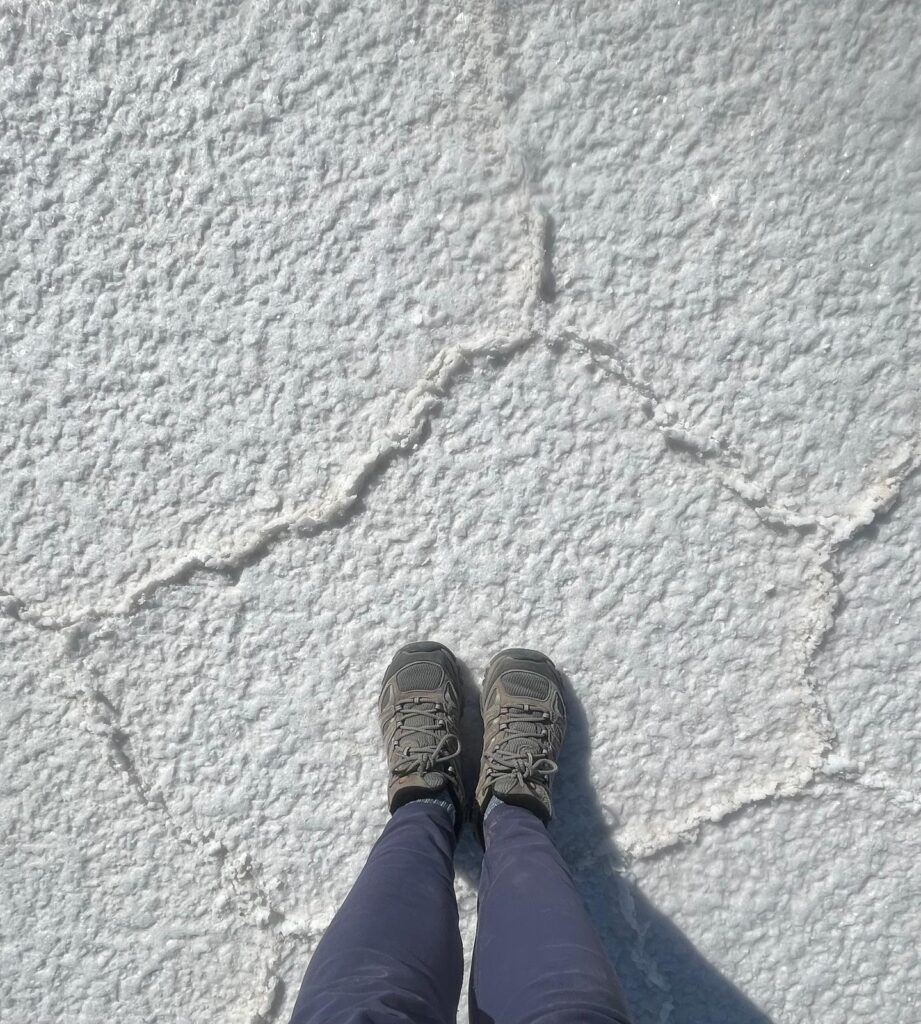
“Reflection…
looking back
so the view looking forward
is clearer”
-Unknown

You are so not alone on this journey…we all are with you in heart and spirit <3
hi Debbie, I feel the love and support my friend. 🙂
While trying to keep up with communications with my son who lives in Sarasota and is prepping for hurricane Milton, I took a break to read your blog and learn of your recent adventures. I so enjoy and look forward to your narrative and photos! Thank you!
hi Nancy, I’ll keep your son on my prayer list for Hurricane Milton. I have several friends in that area. I’m glad the blog was a nice diversion and so appreciate our continued connection. hugs, Sharon
Thoroughly enjoyed your Chilean blog post Sharon, especially the star gazing venture in the Atacama desert. Another seed planted.! Best wishes for the remainder of your journey.
PS I’ve shared the World Bicycle Relief’s website with local schools as a suggestion for a fund raising activity. Perhaps it will at leadt result in awareness raising.